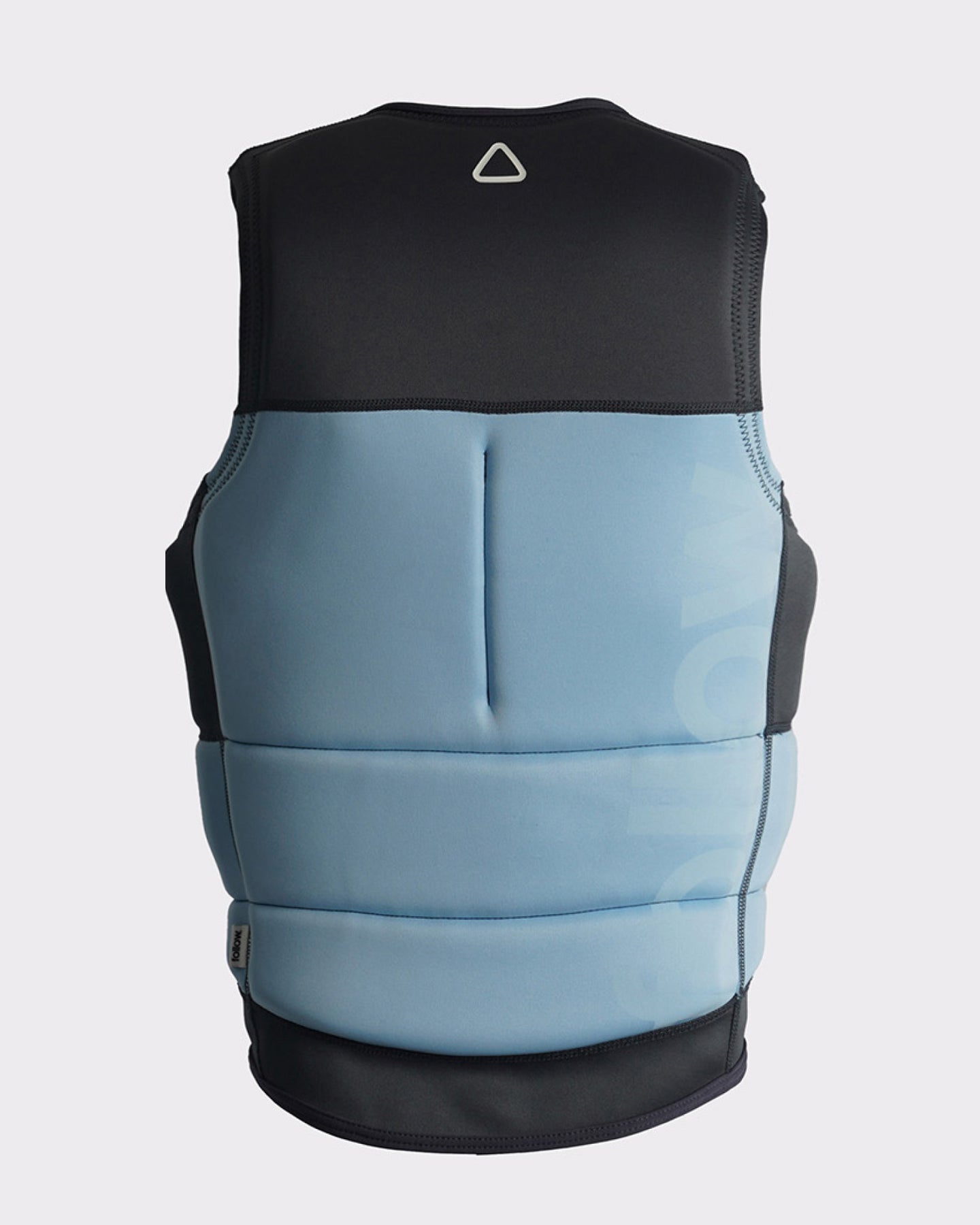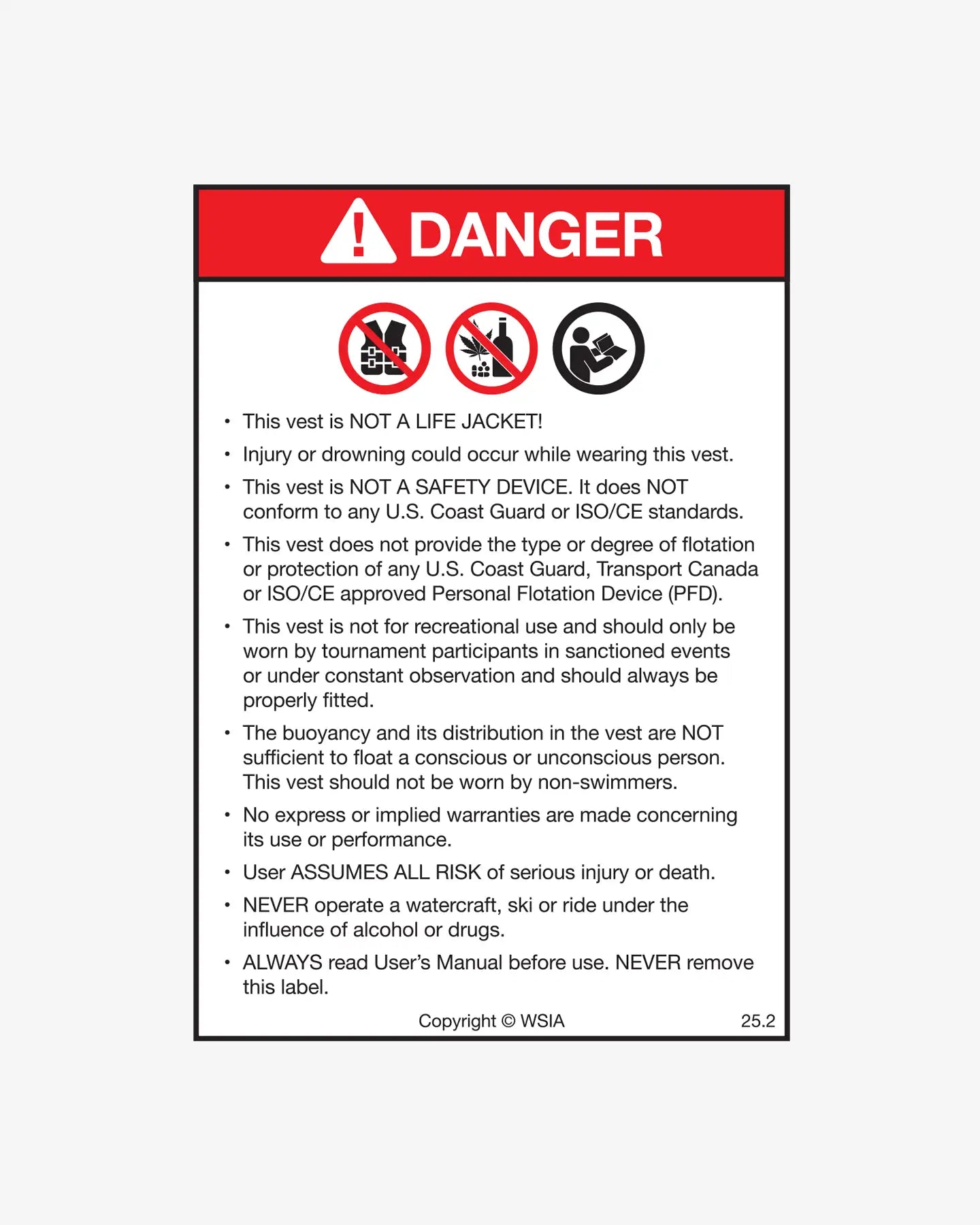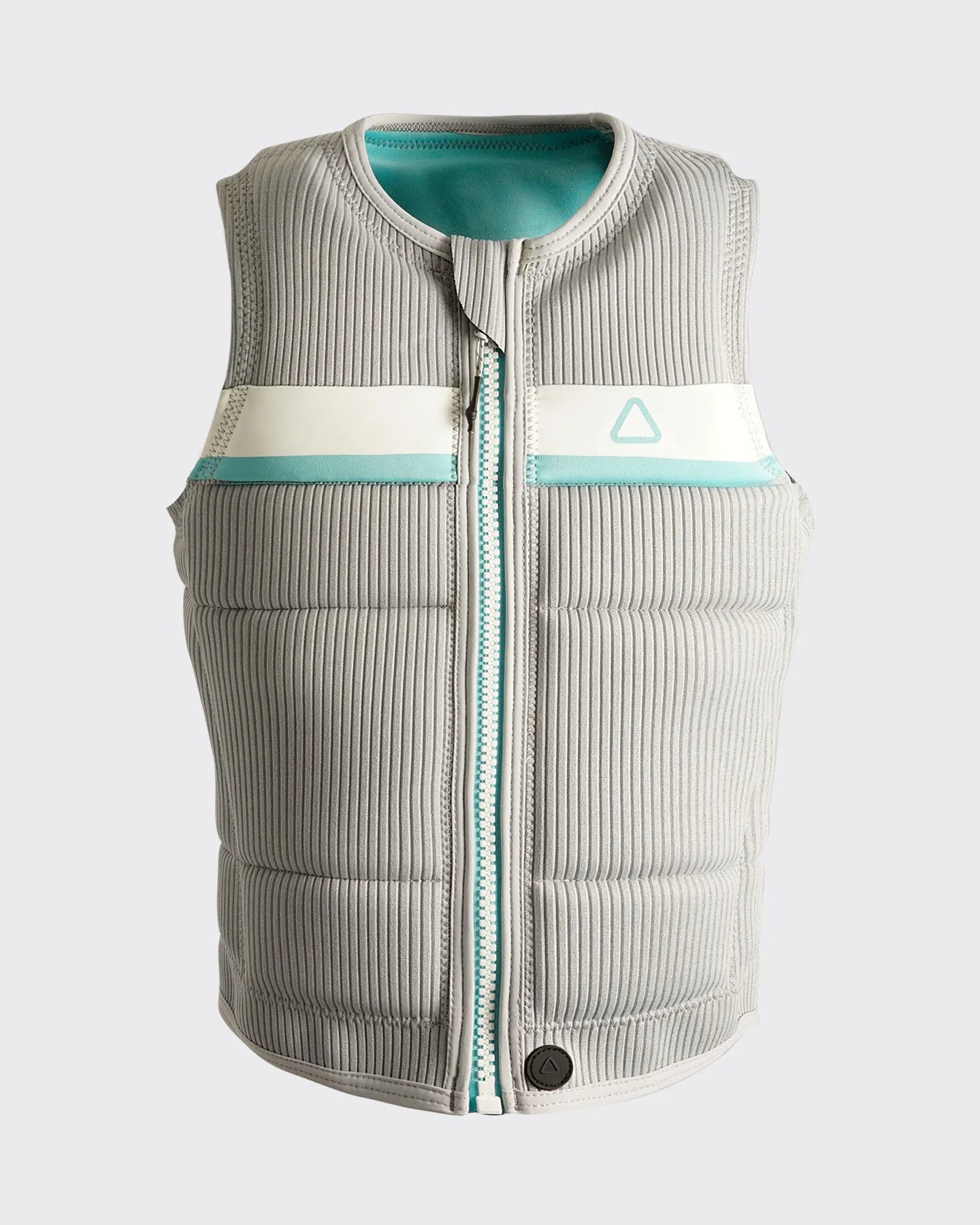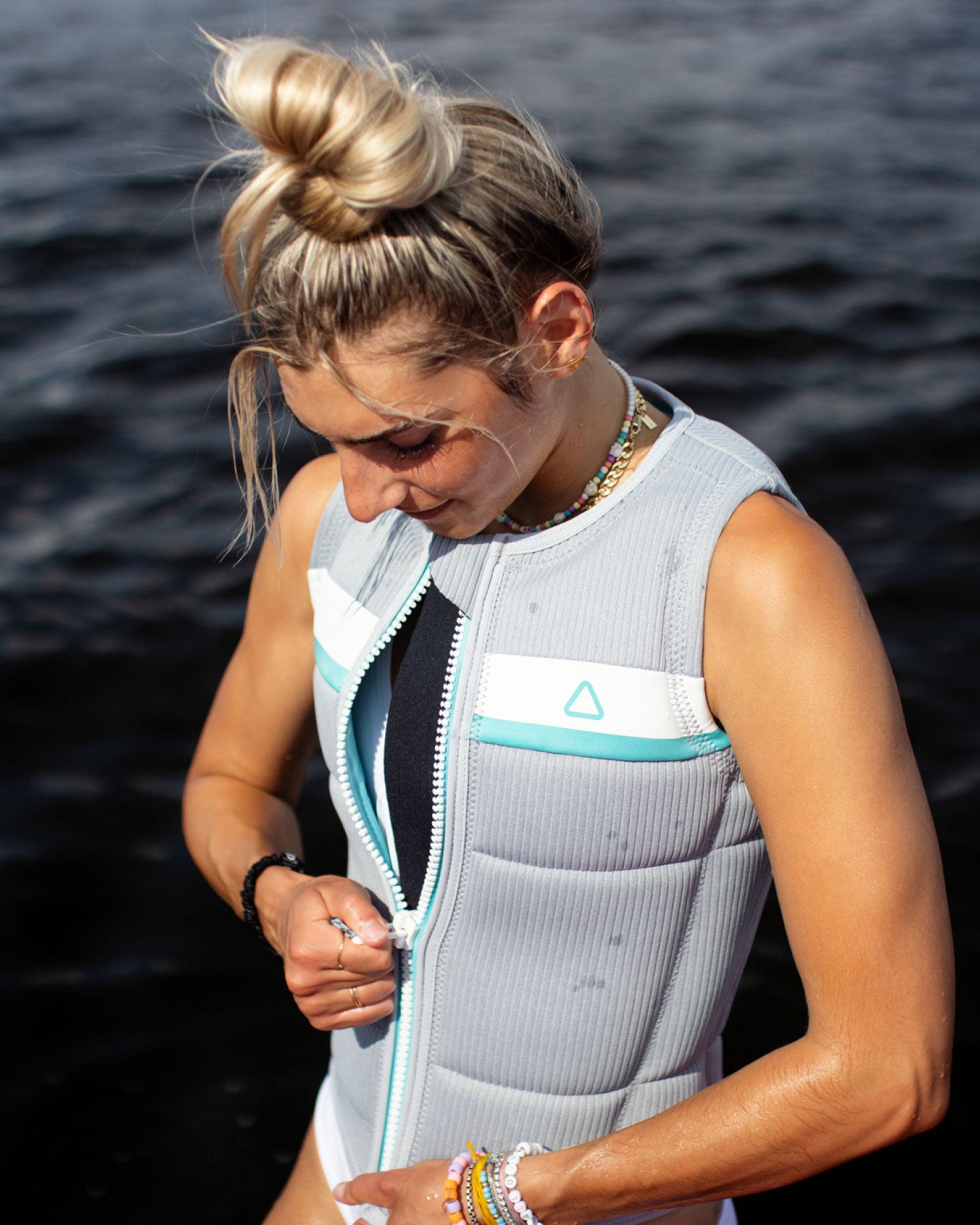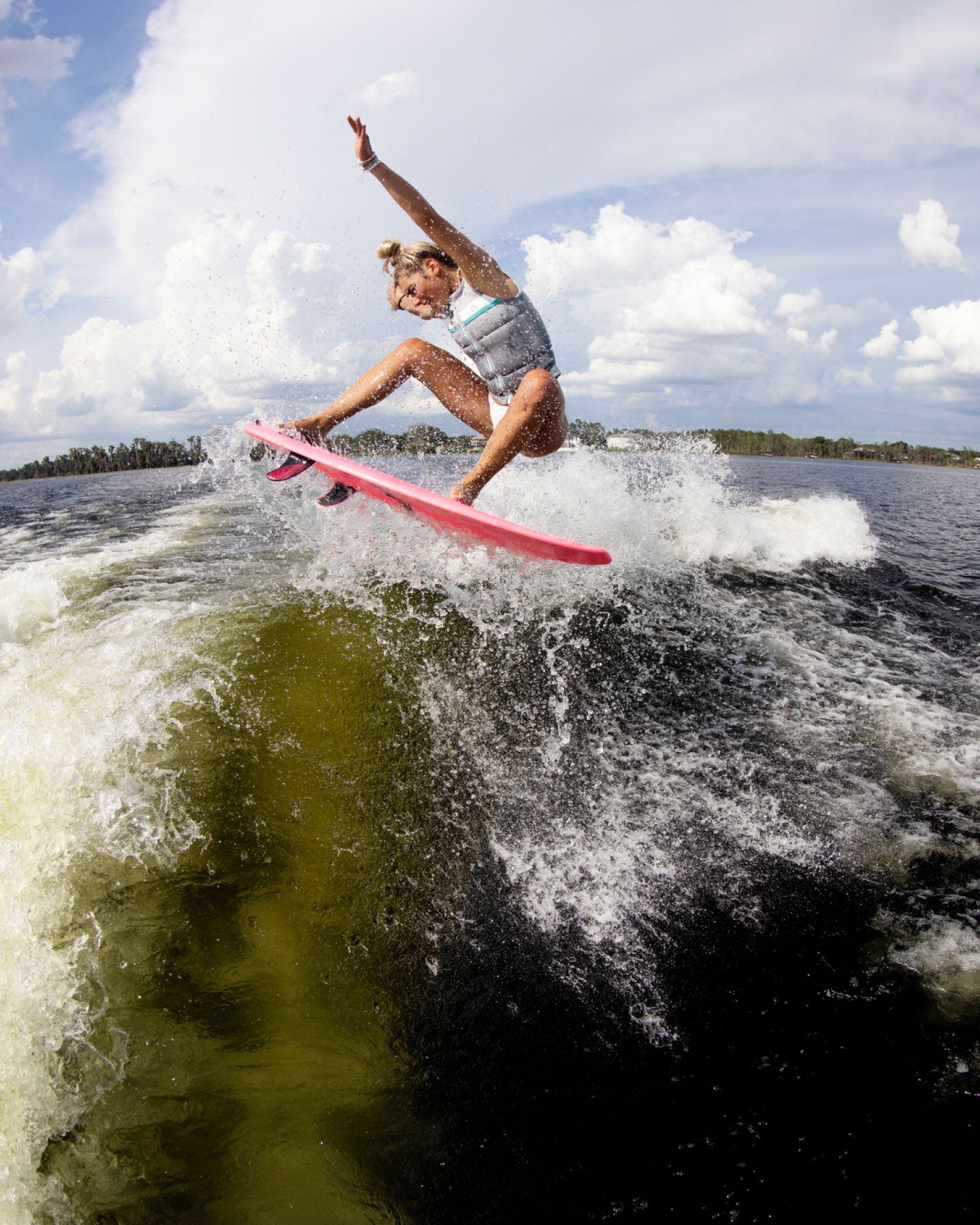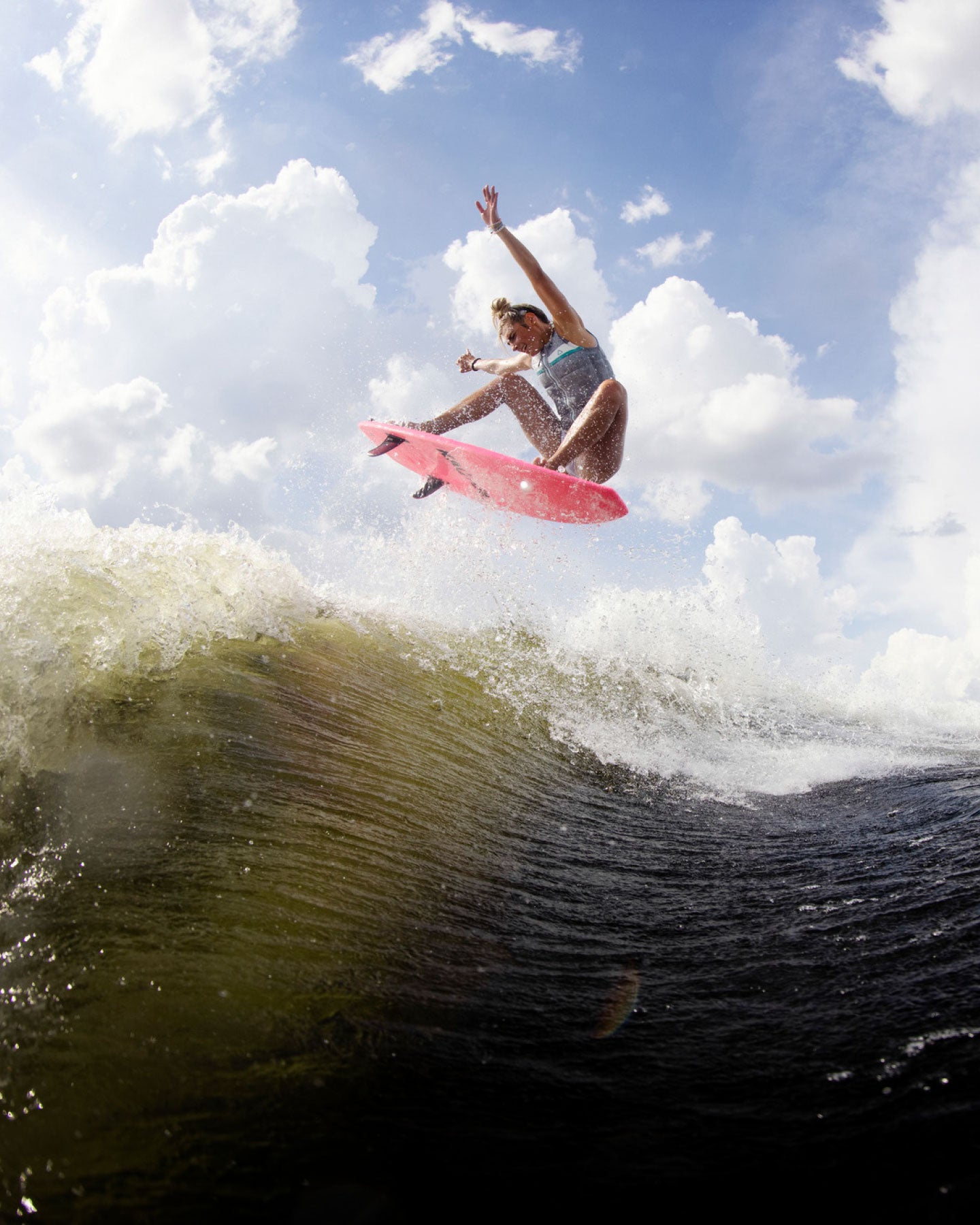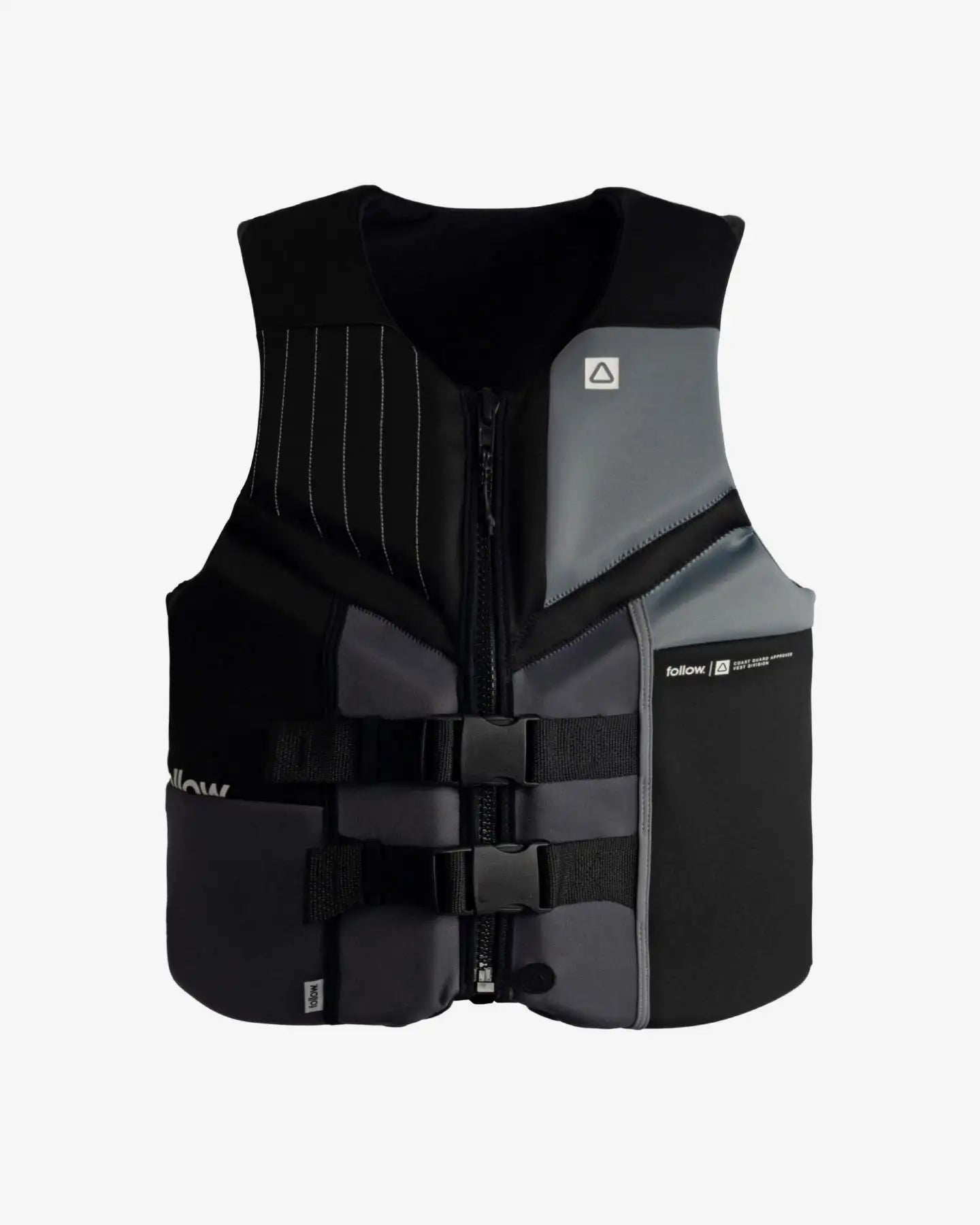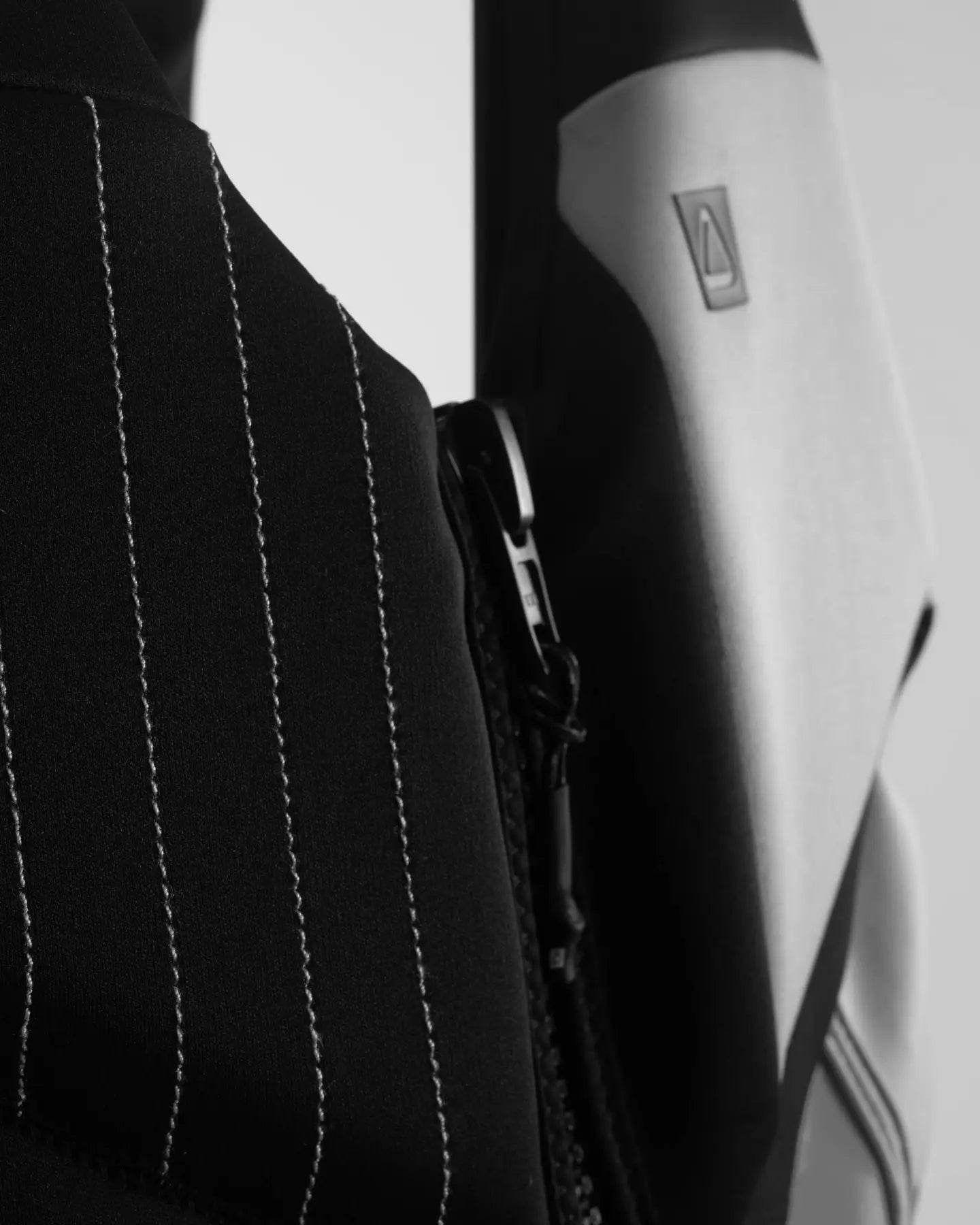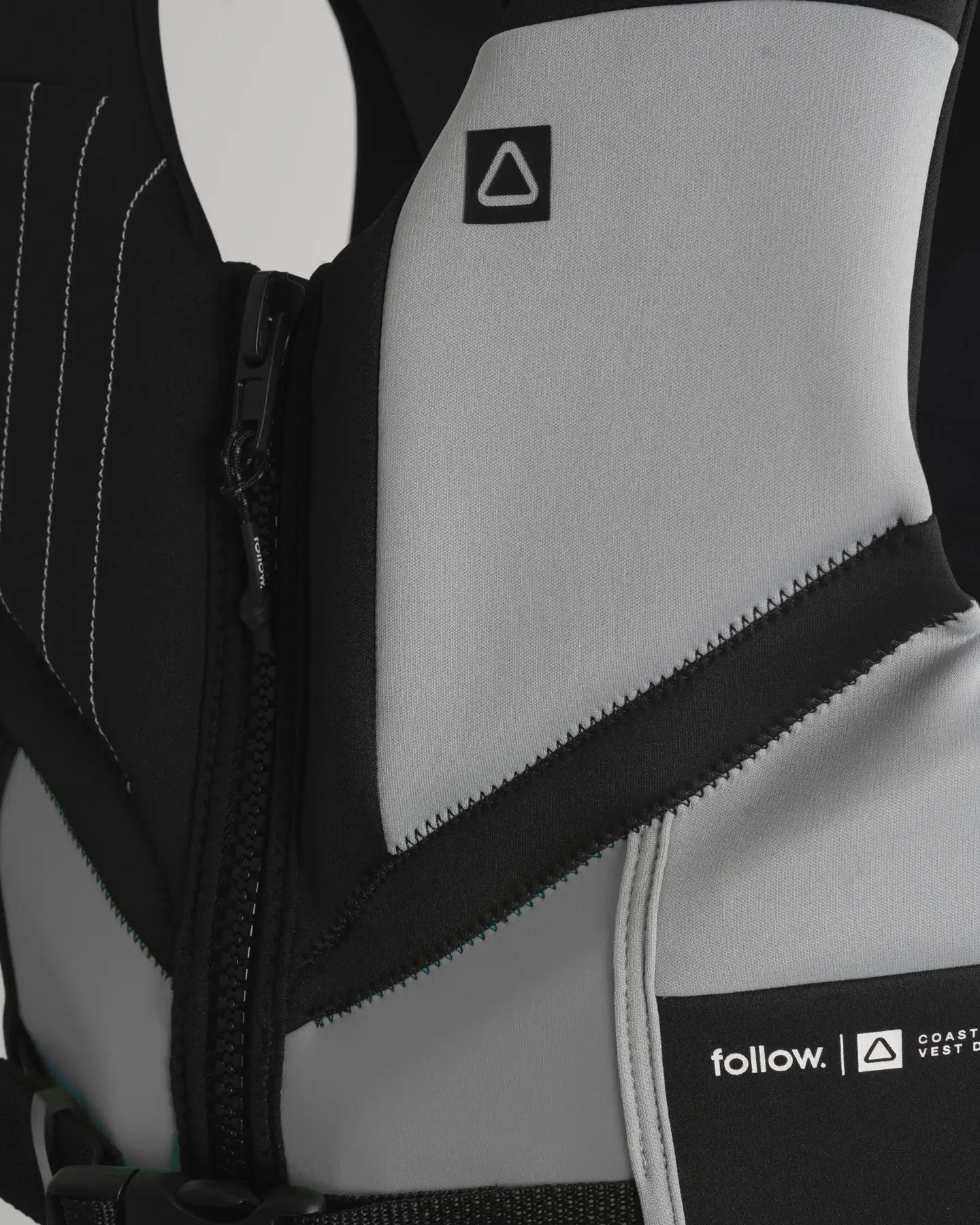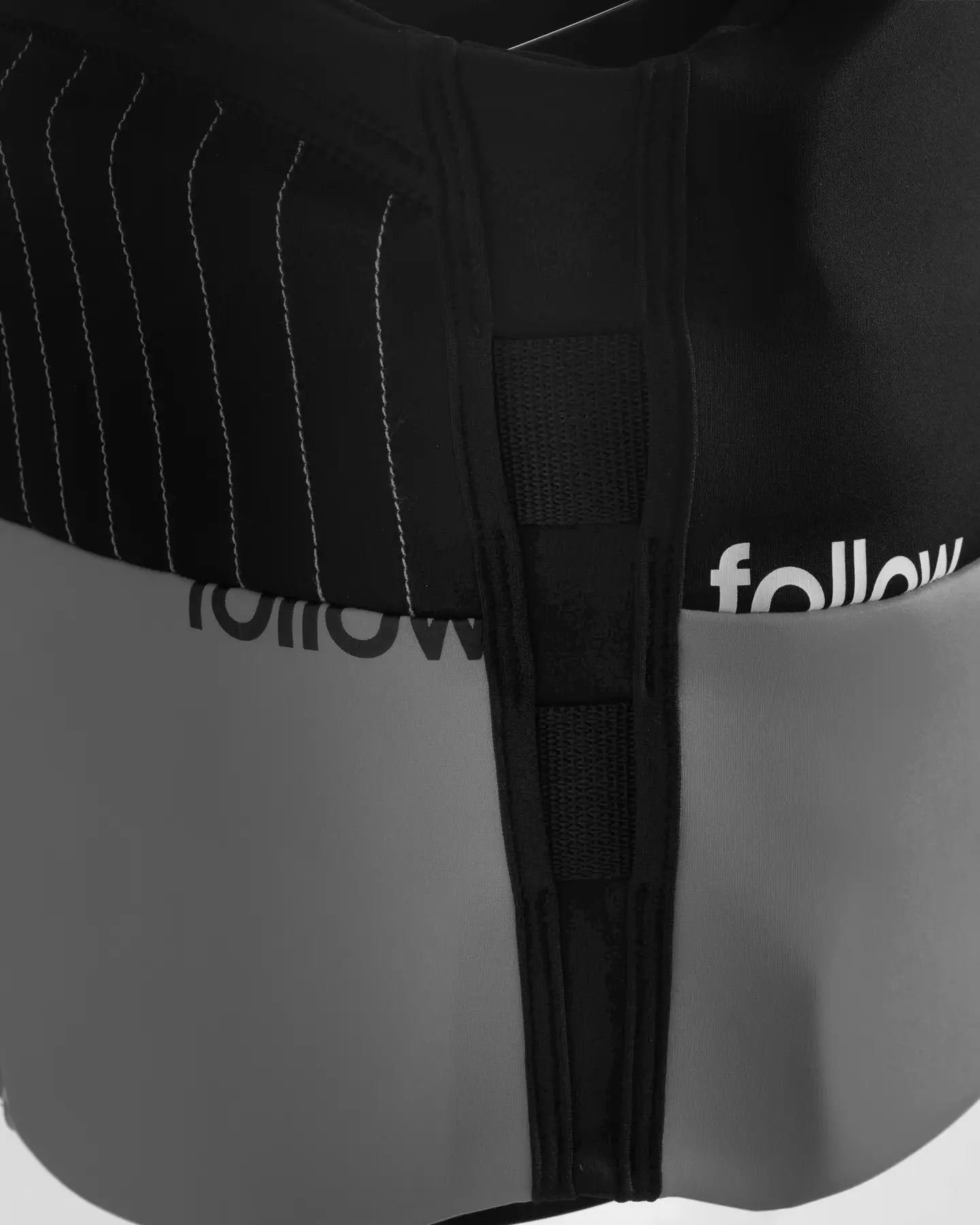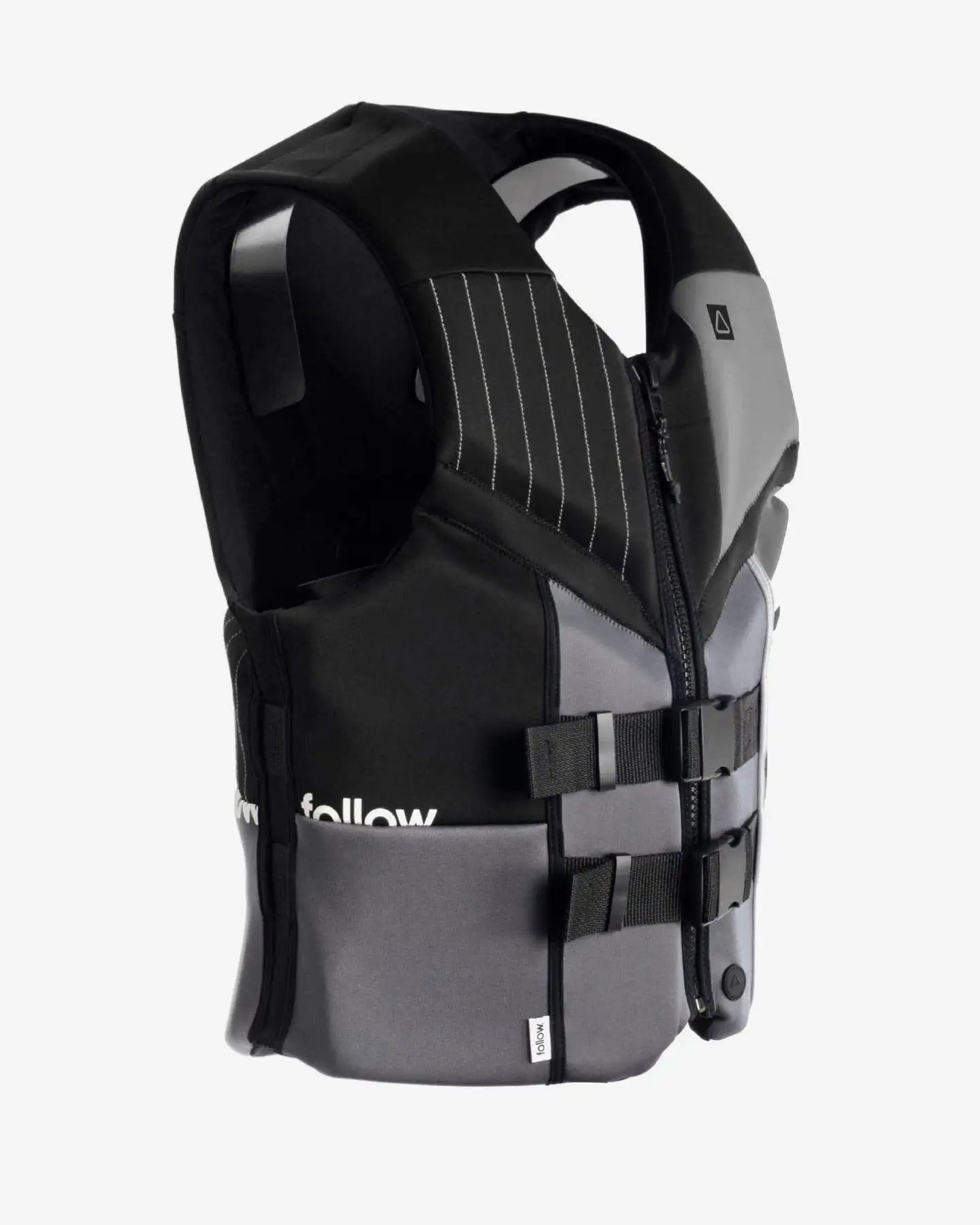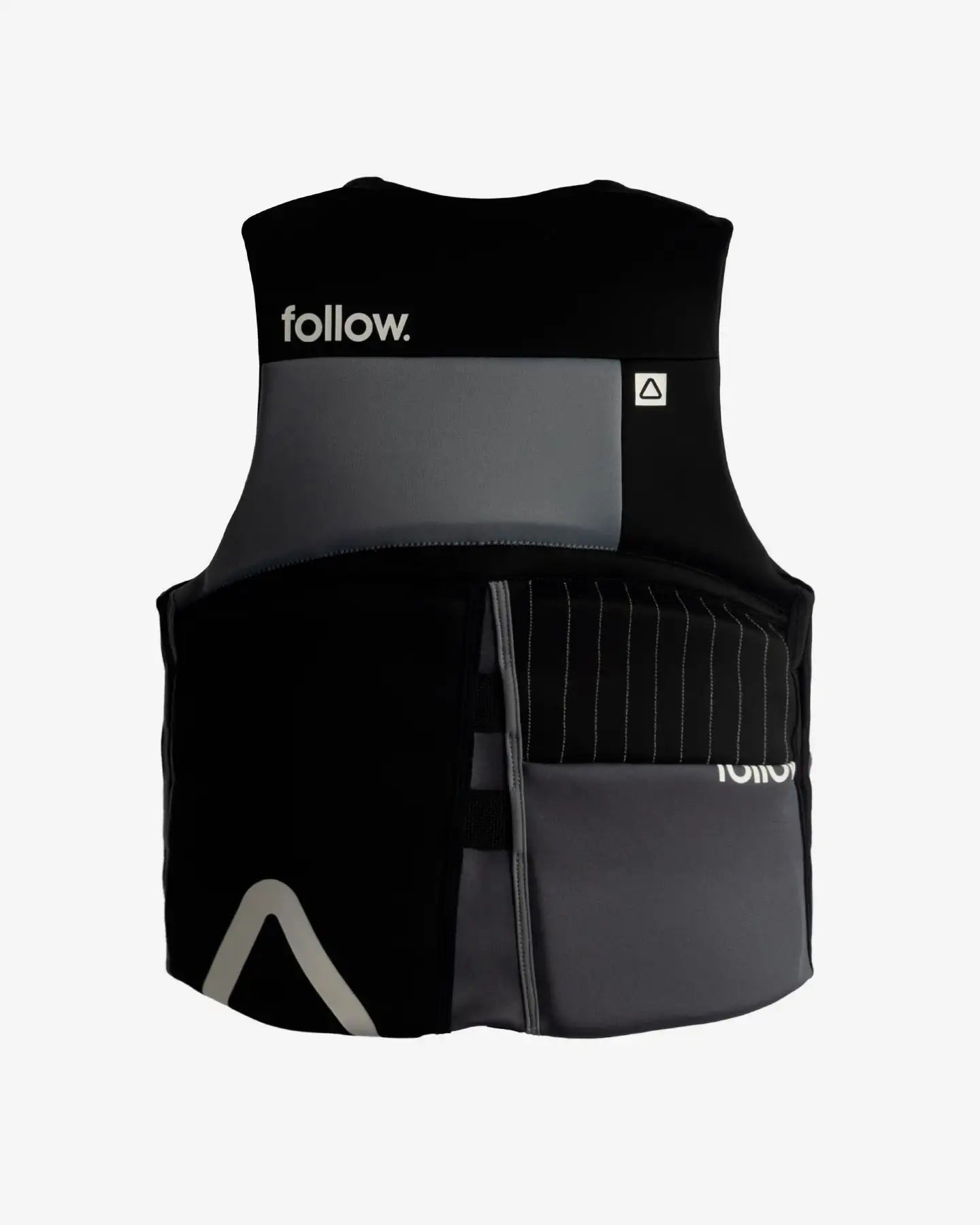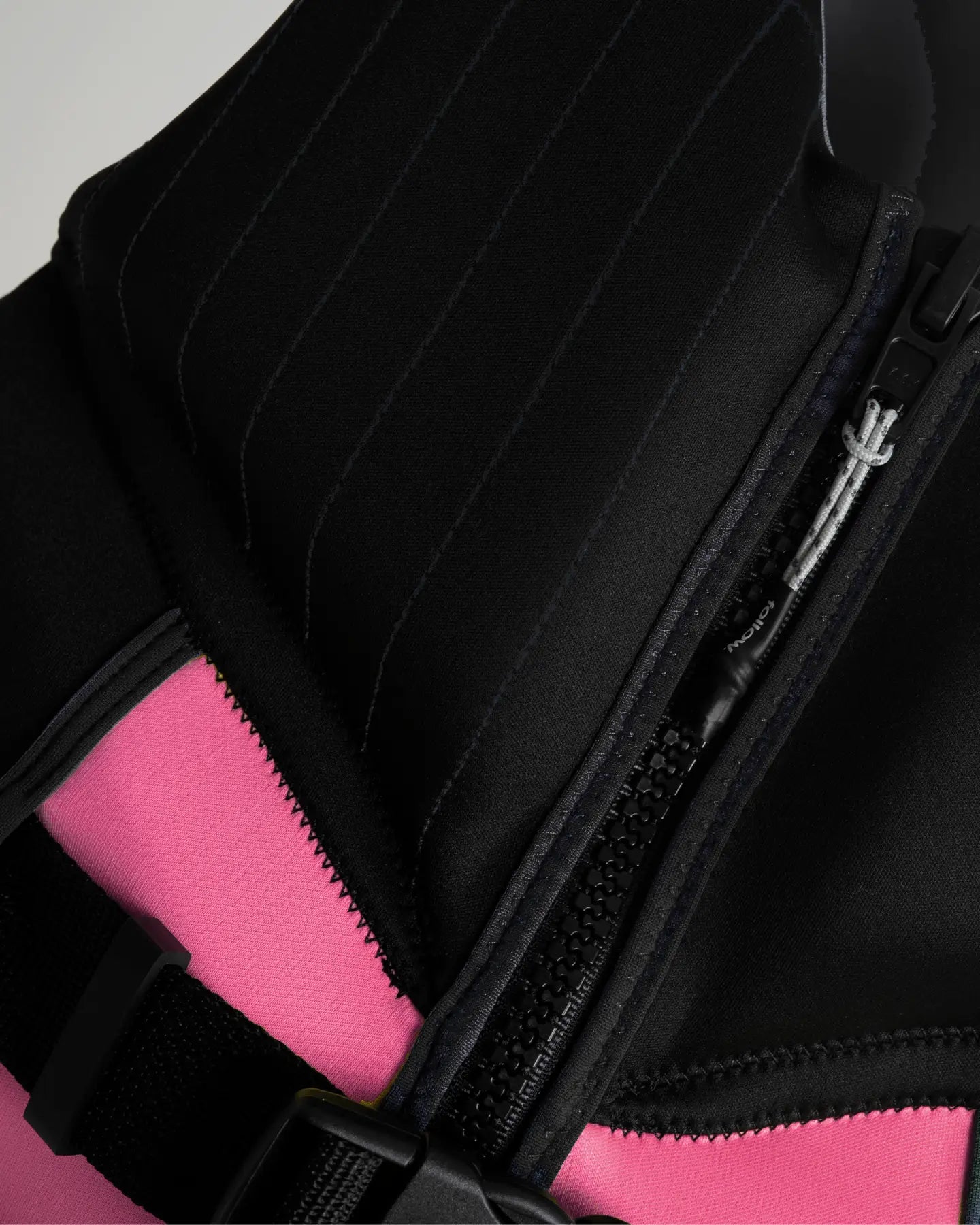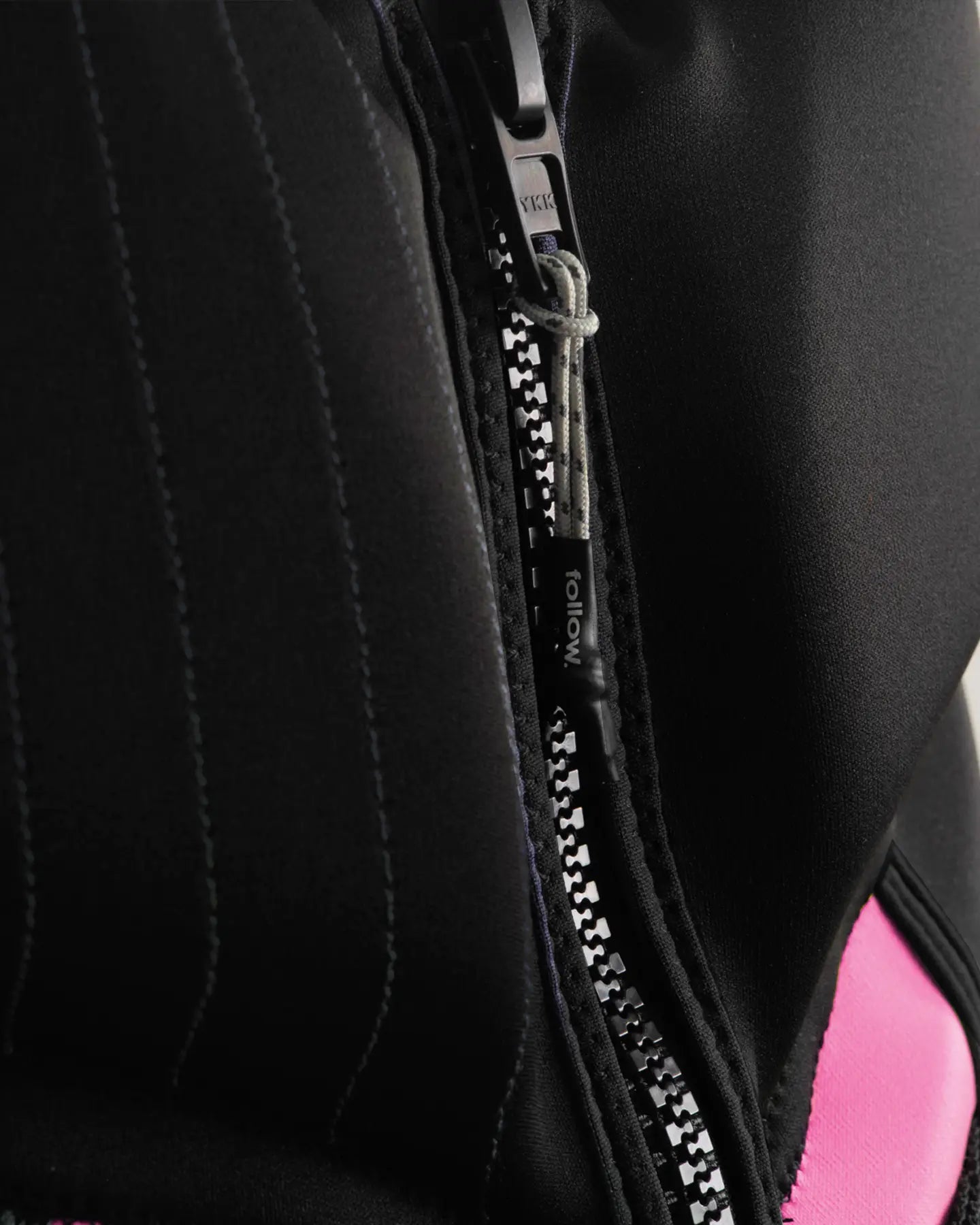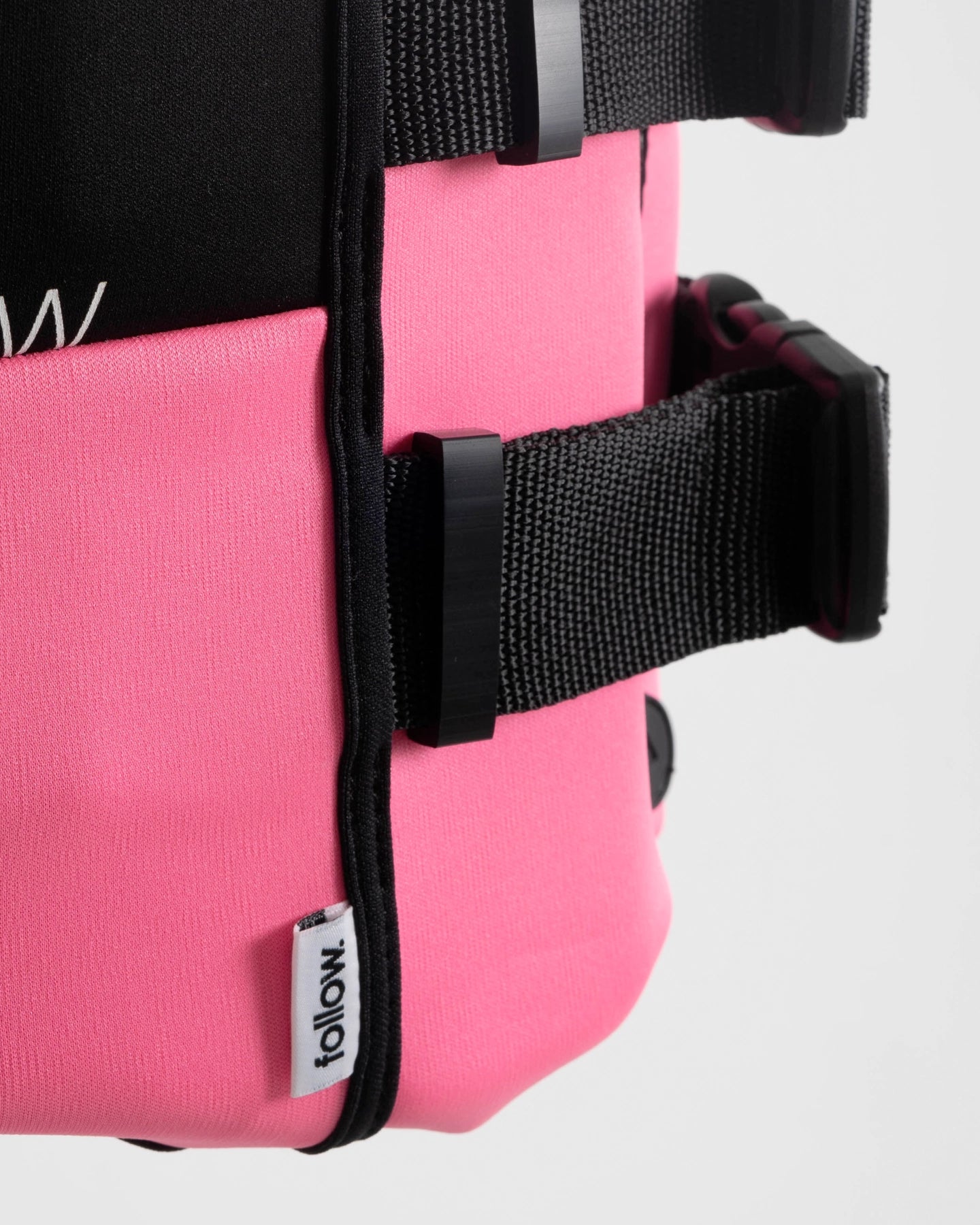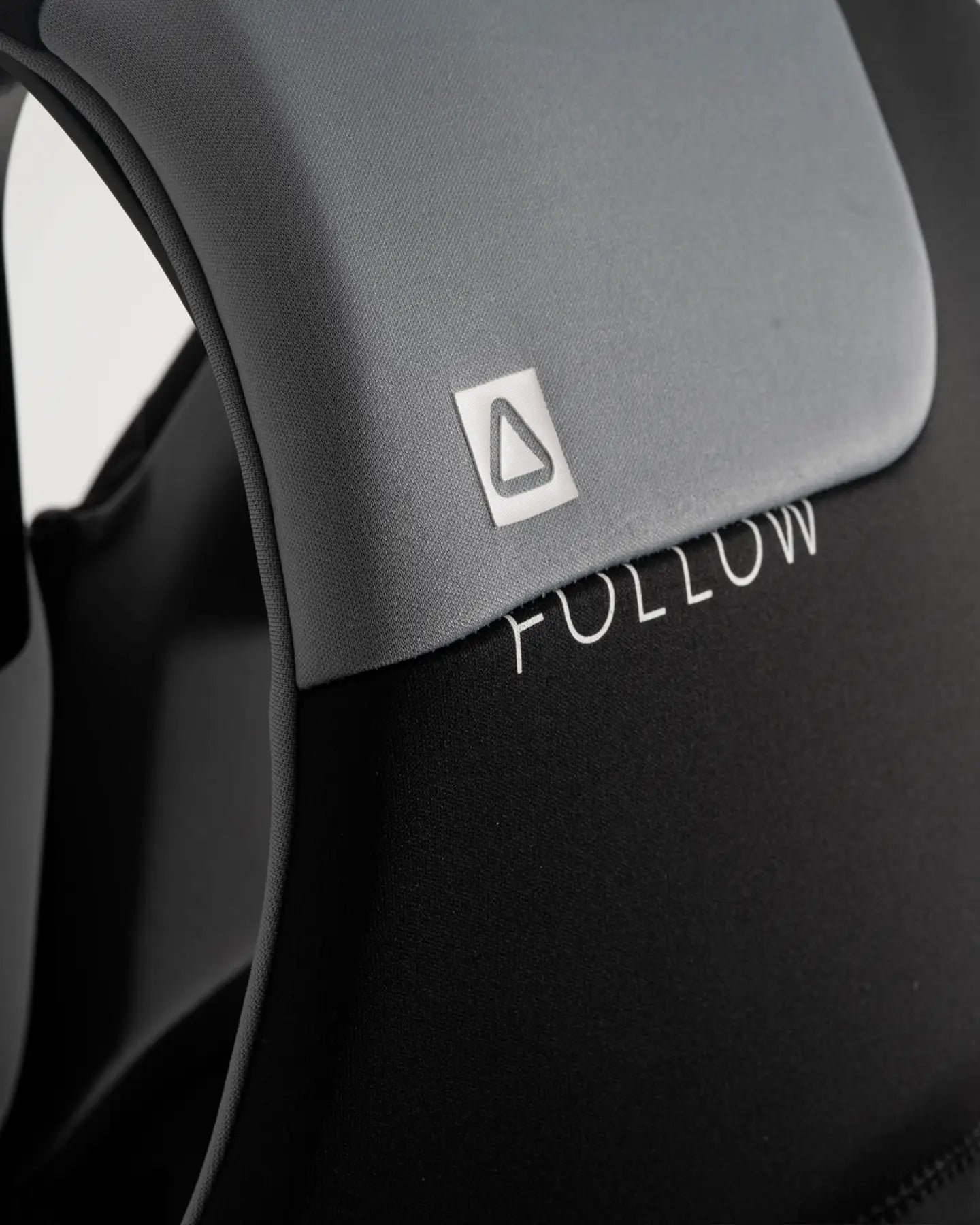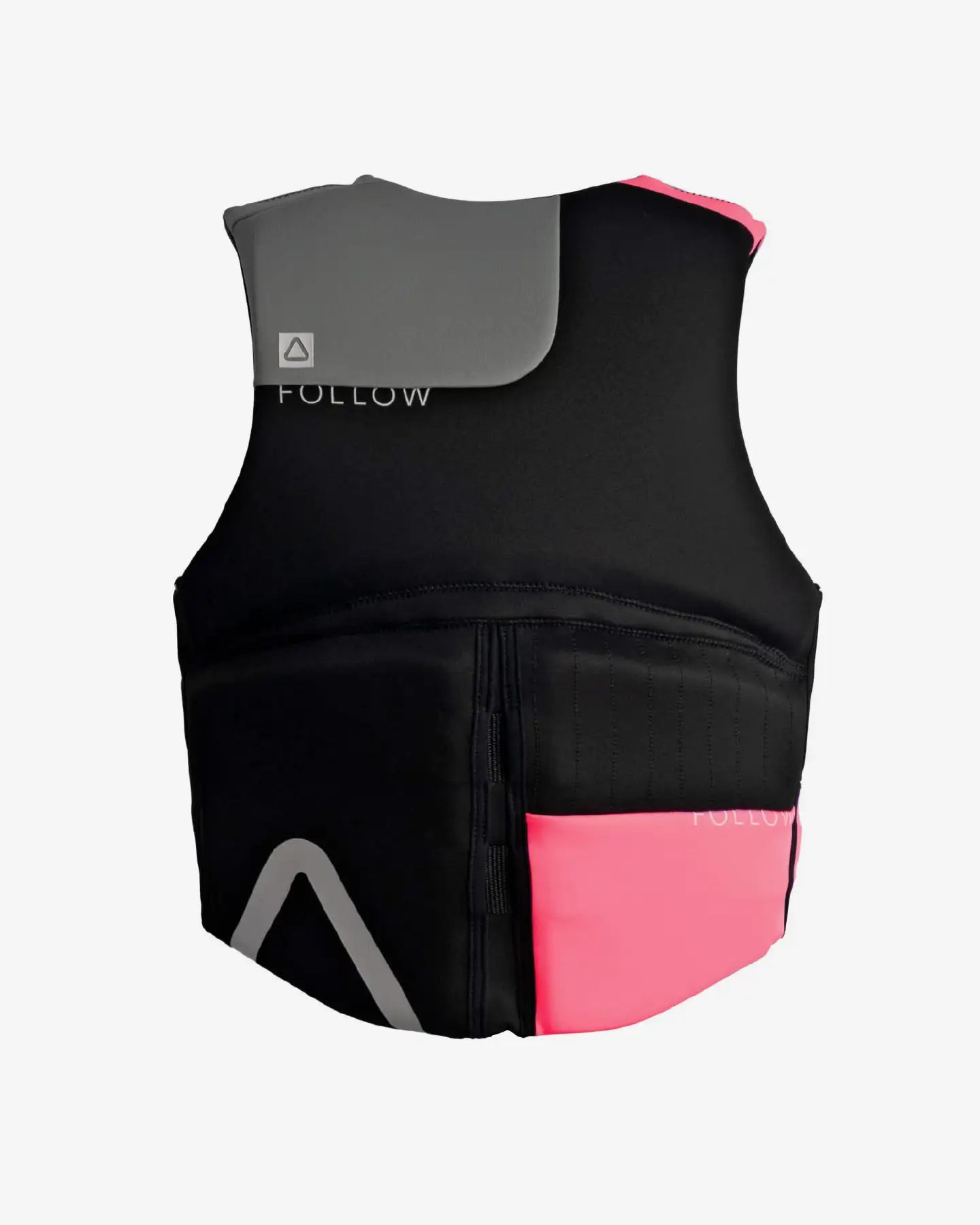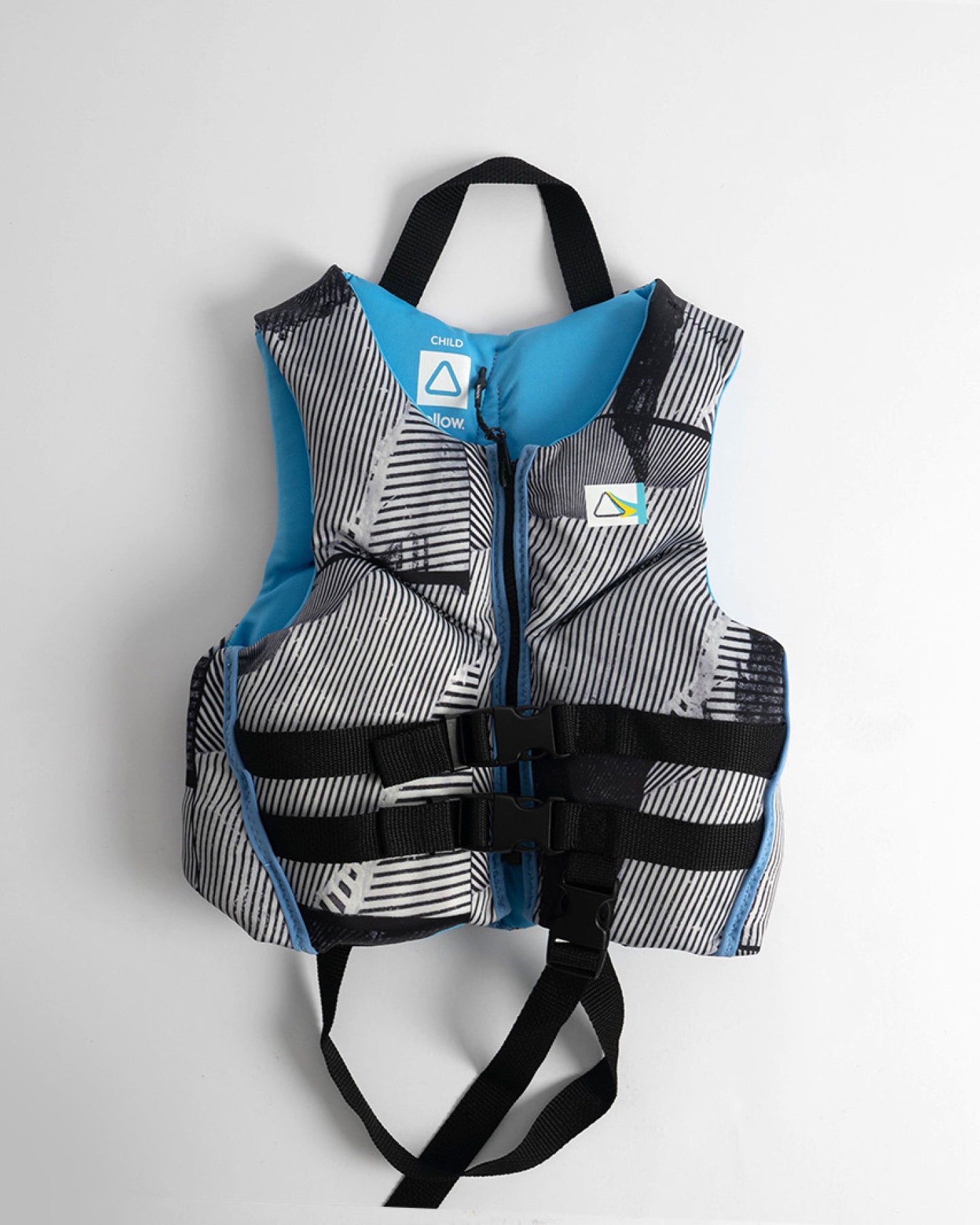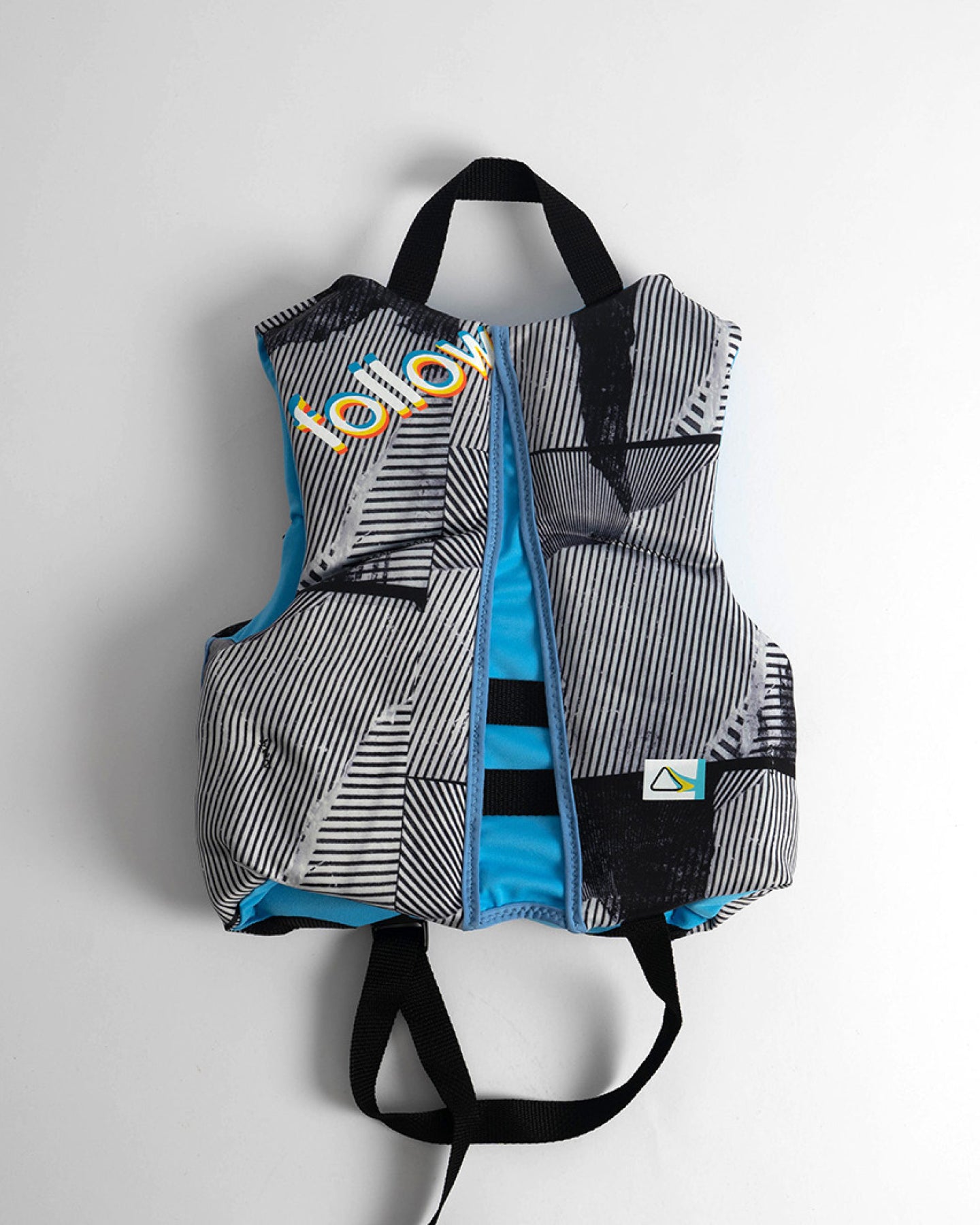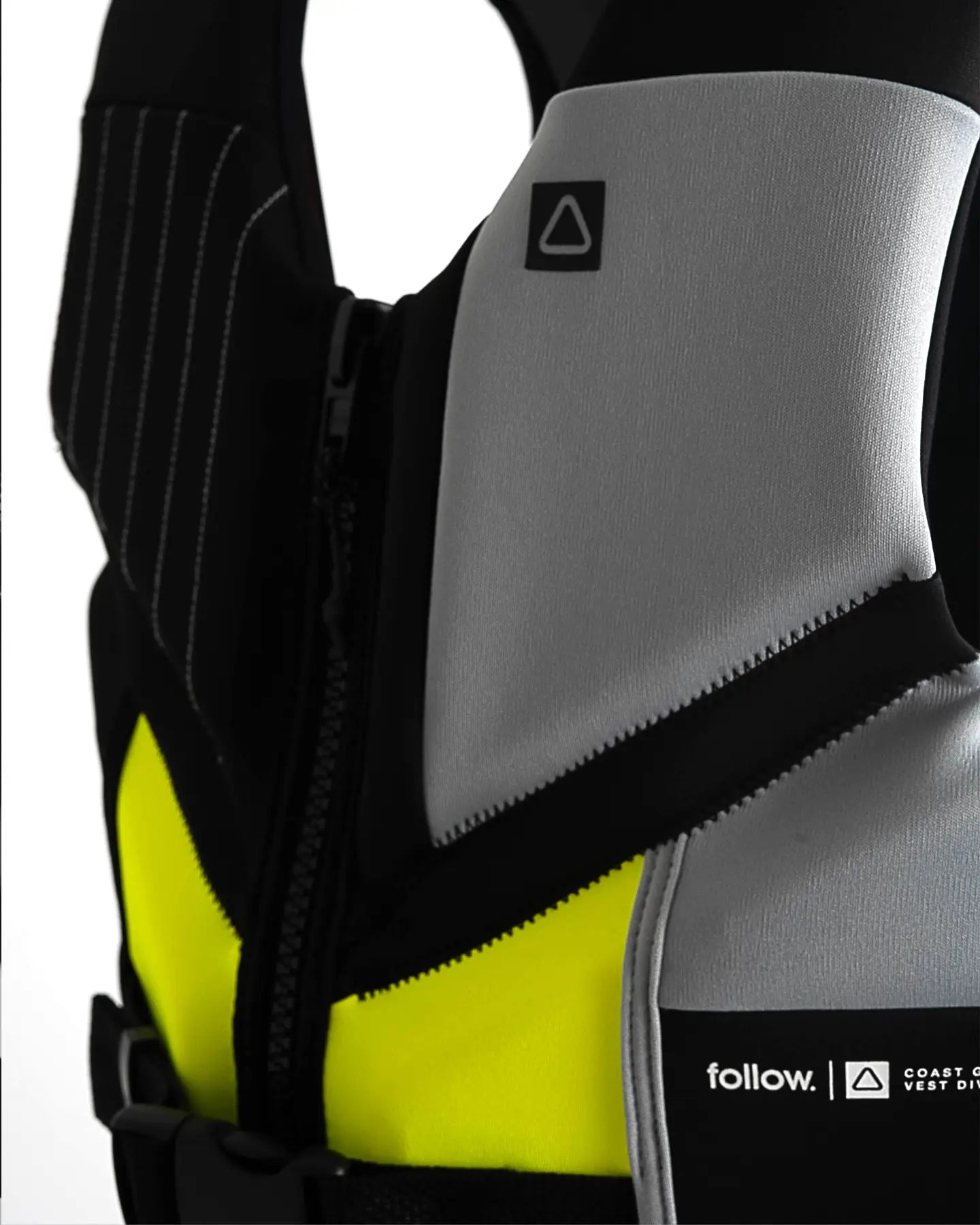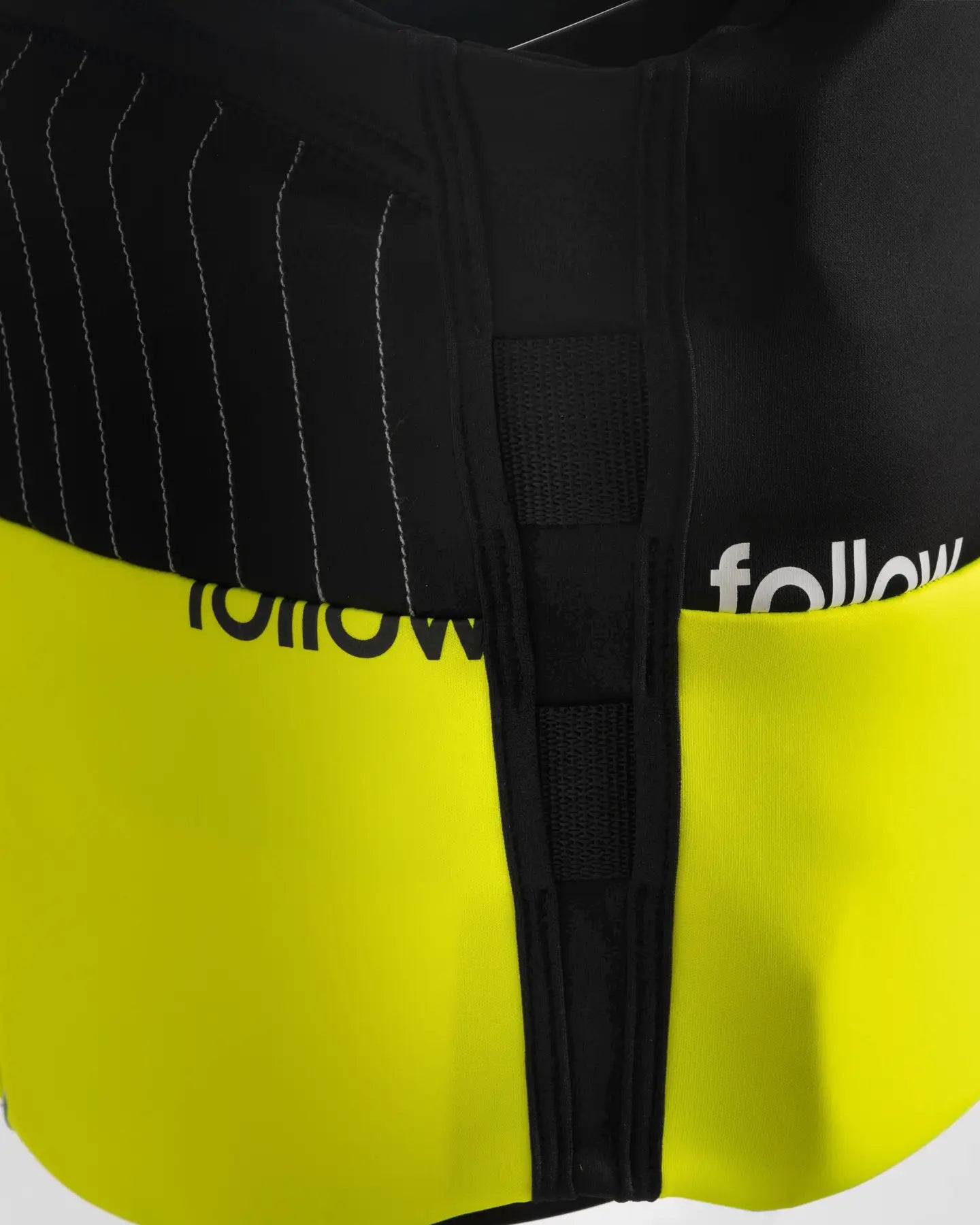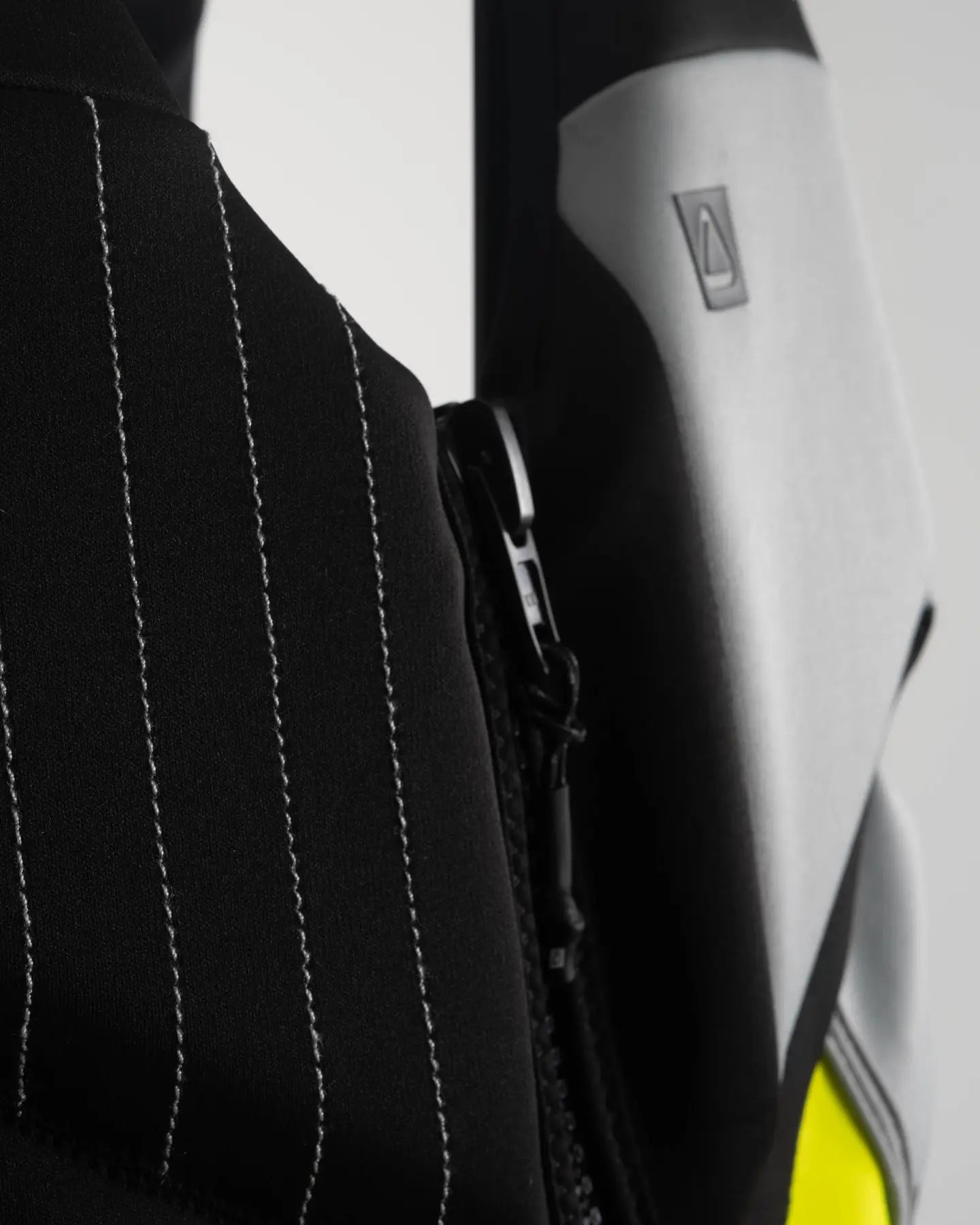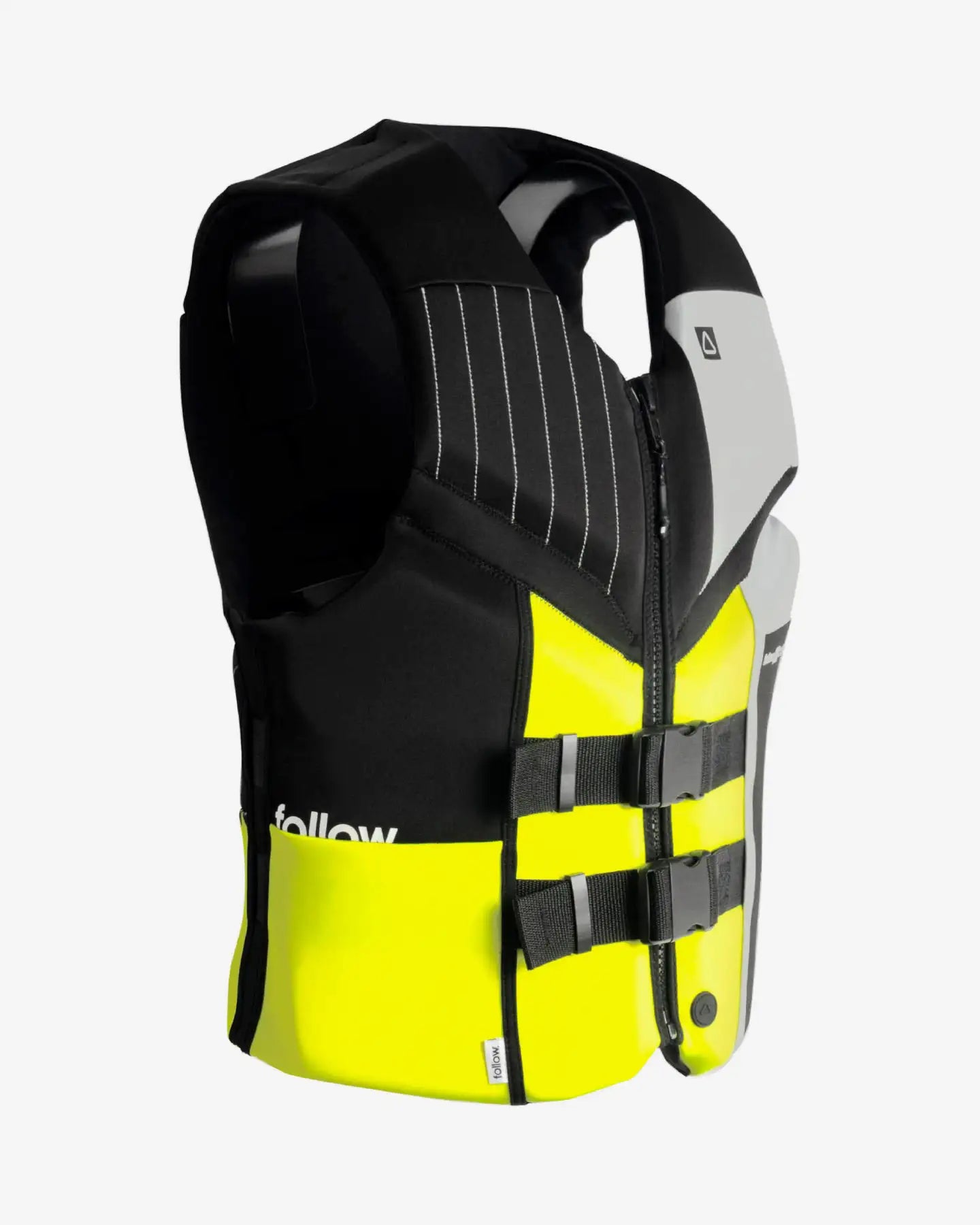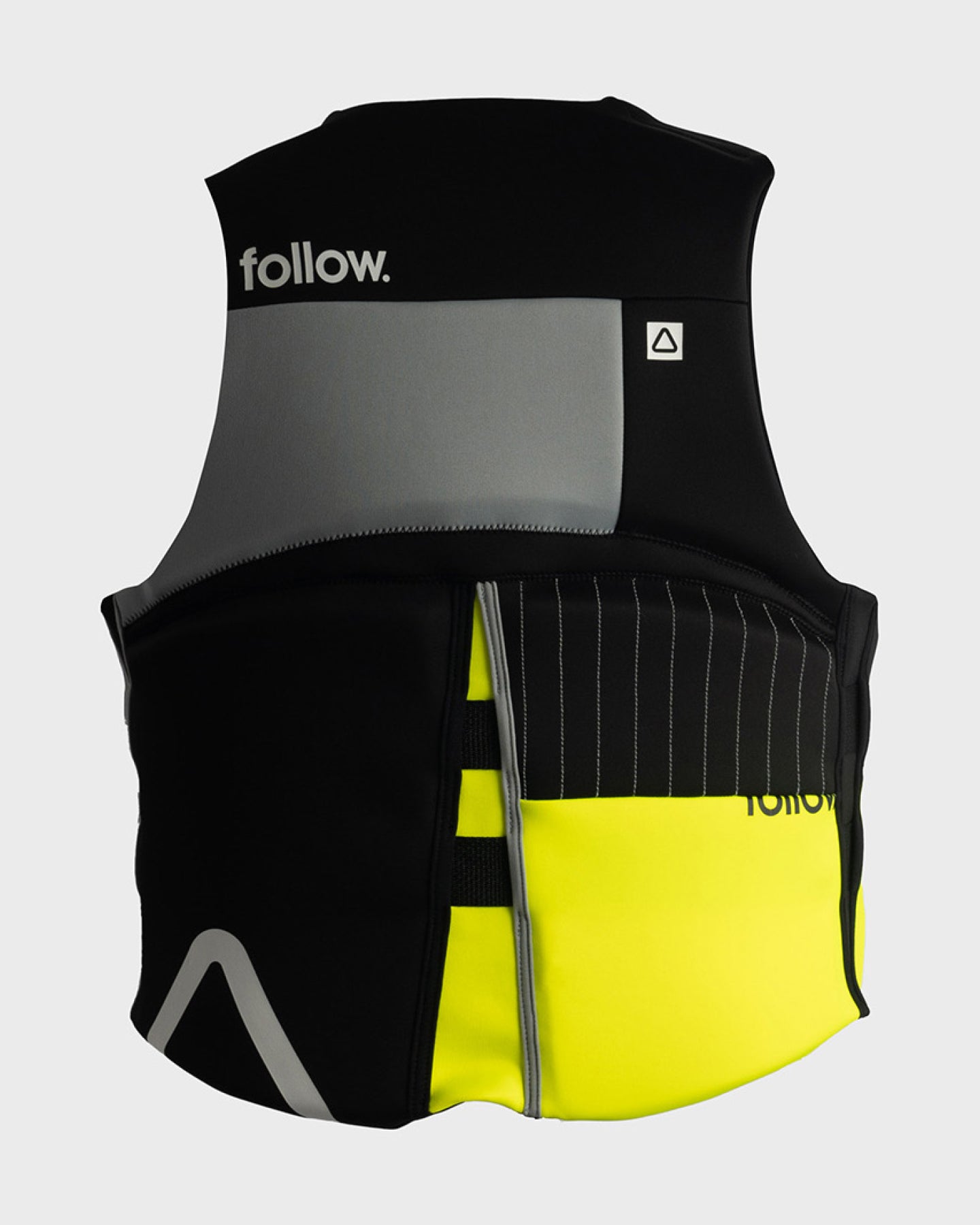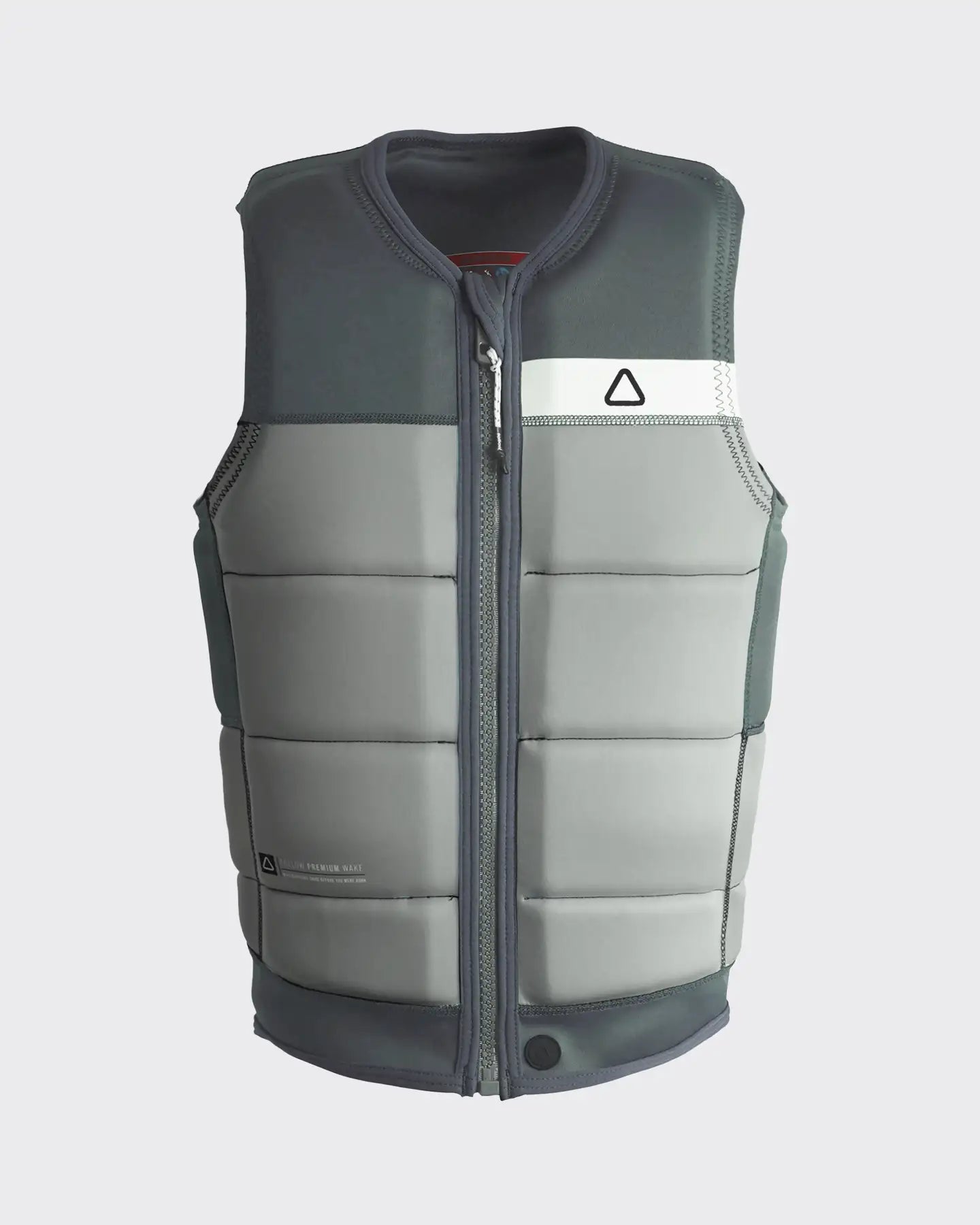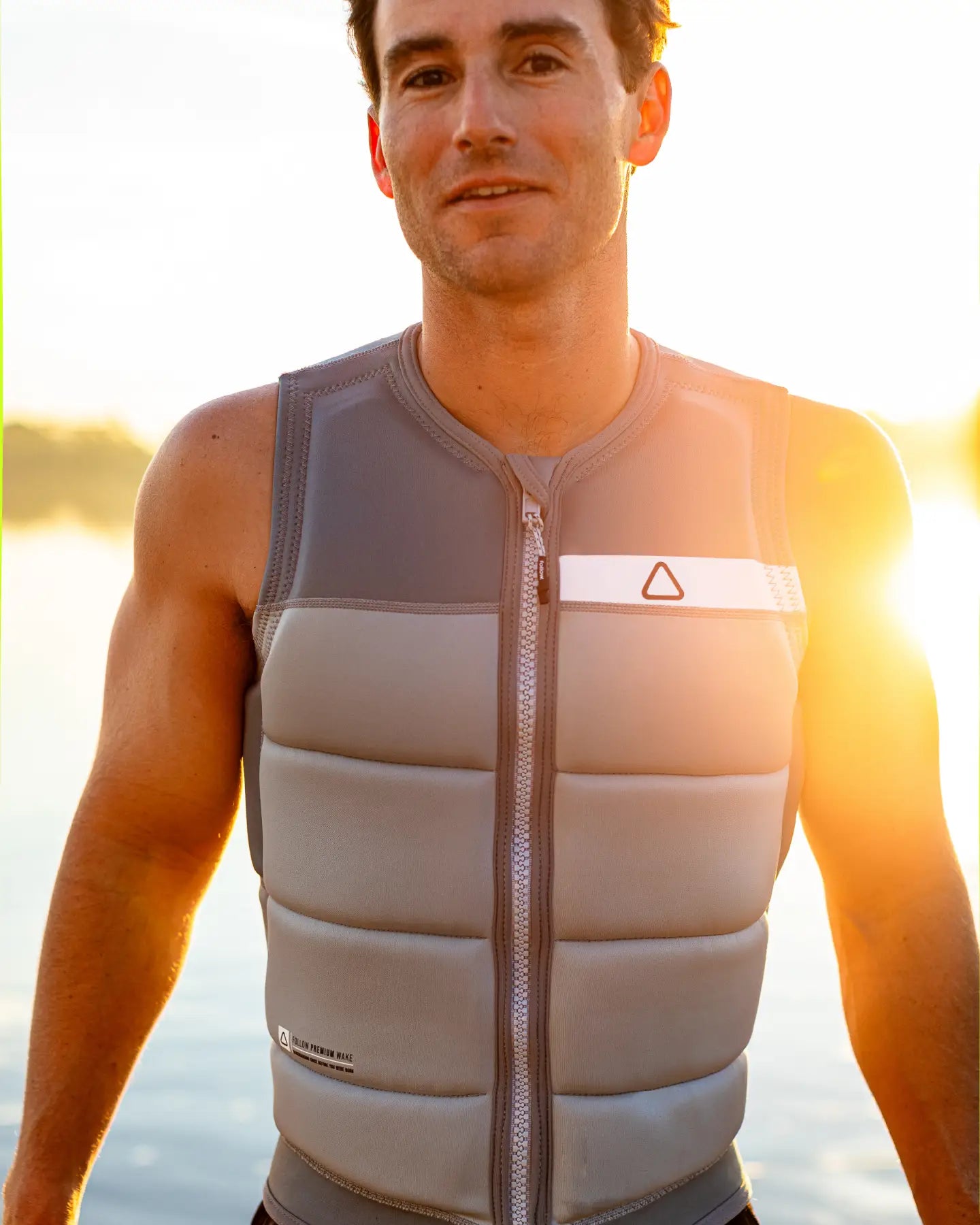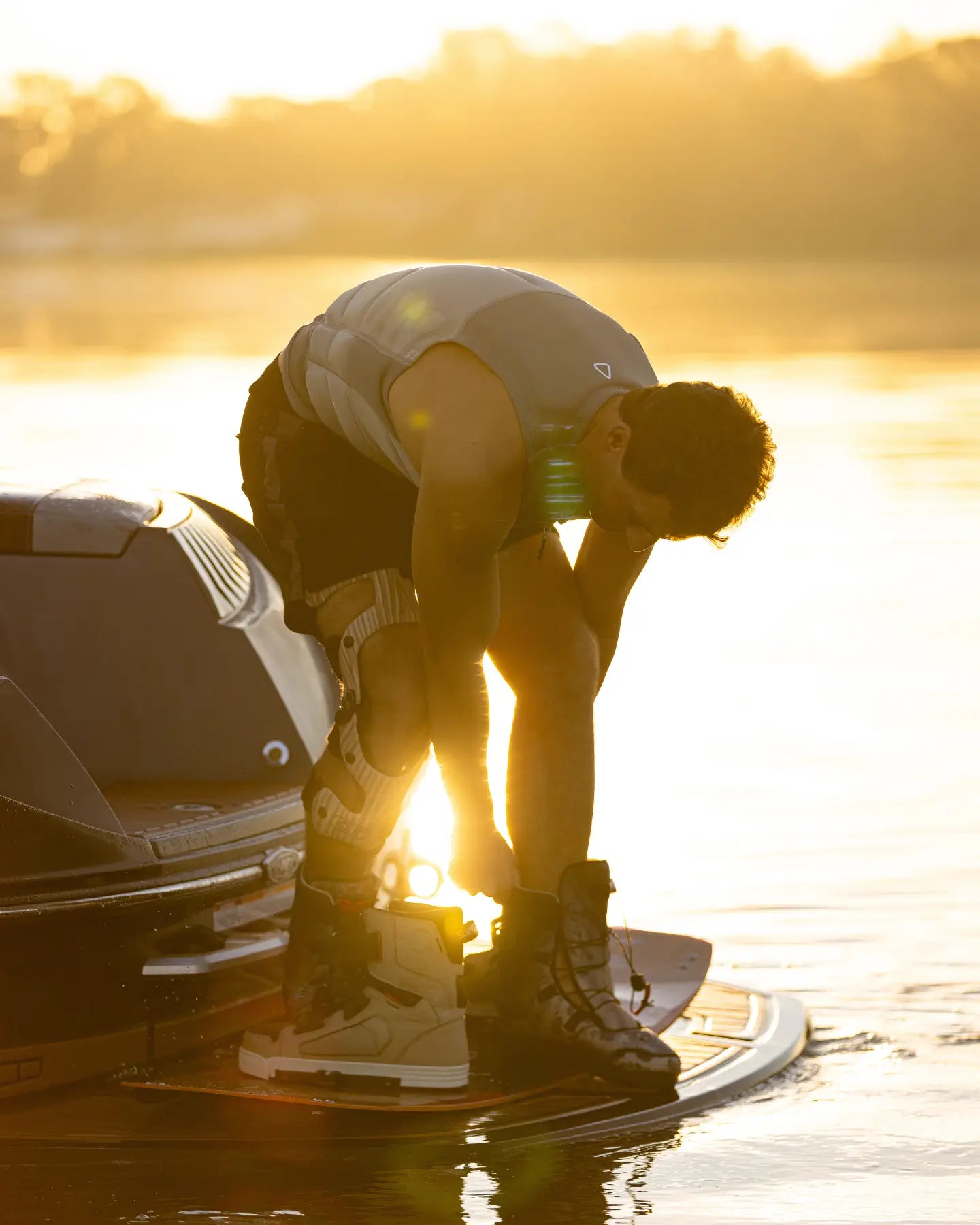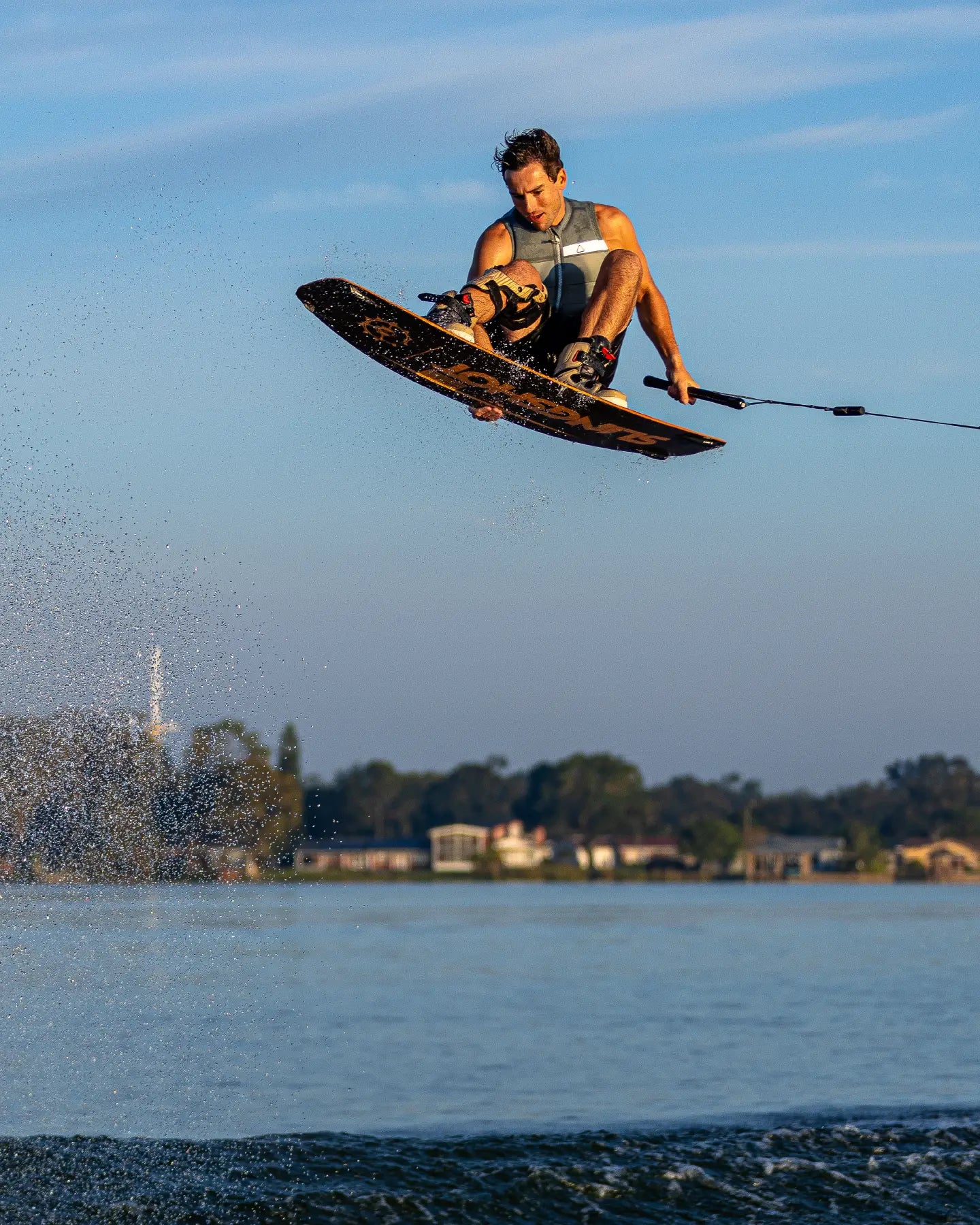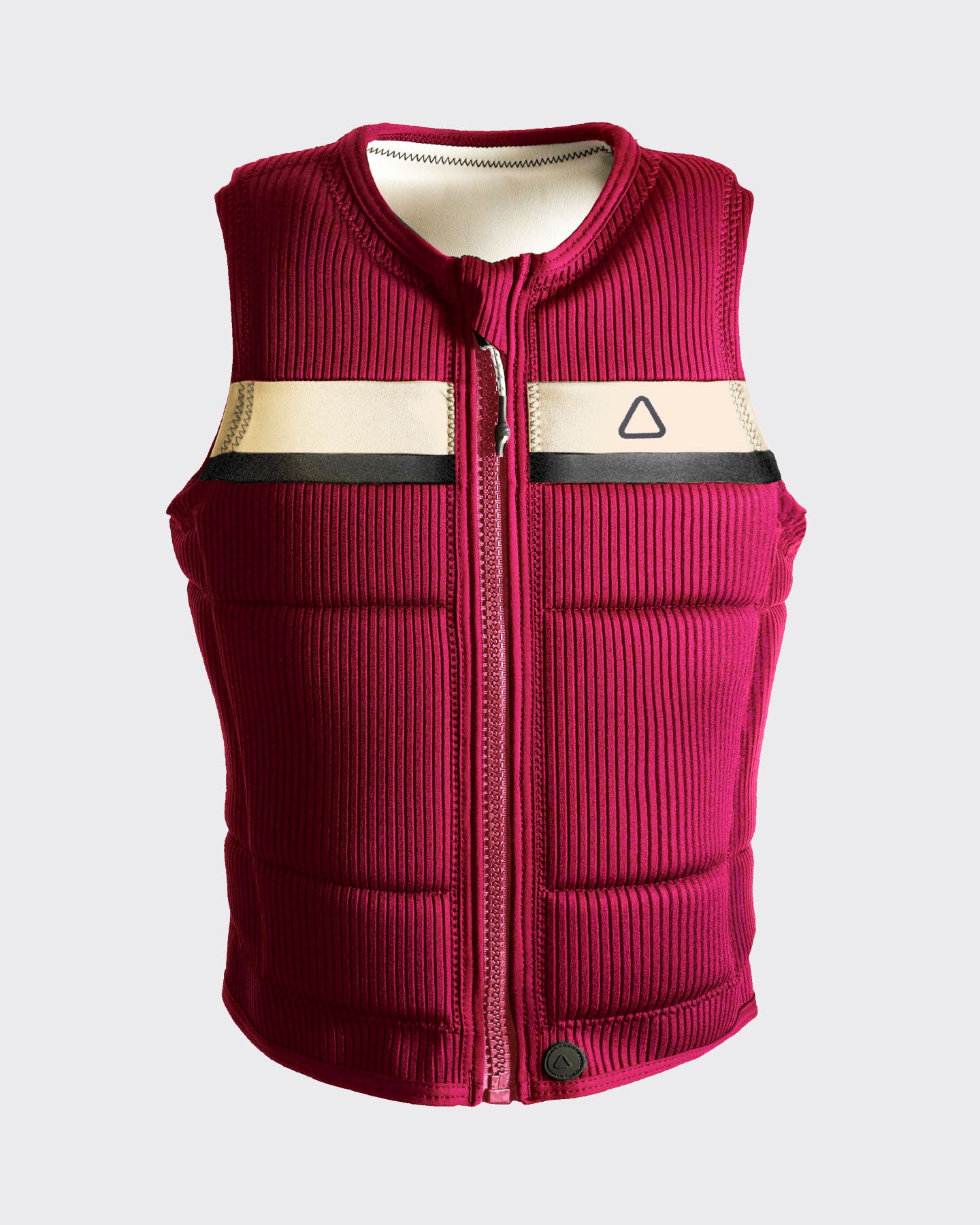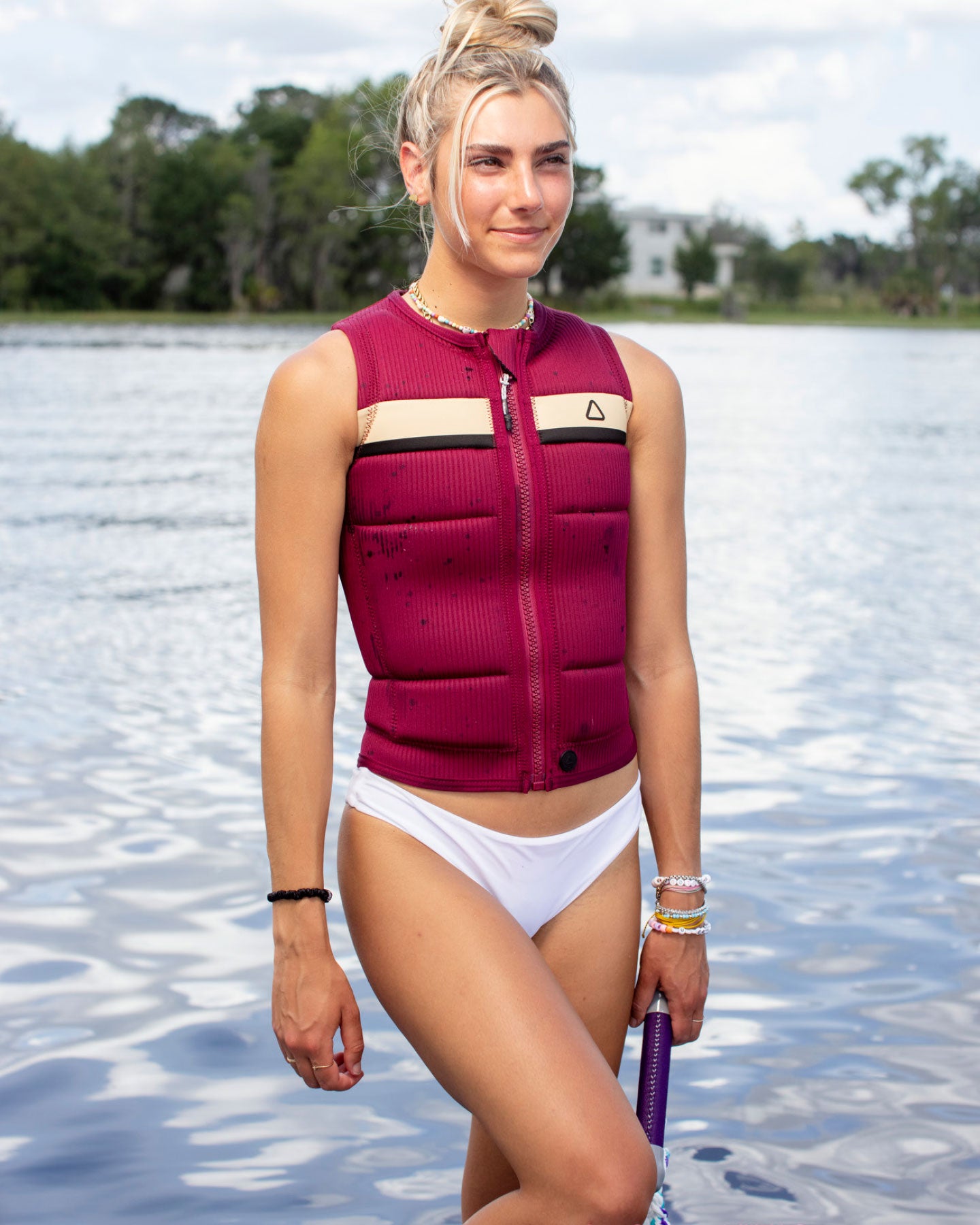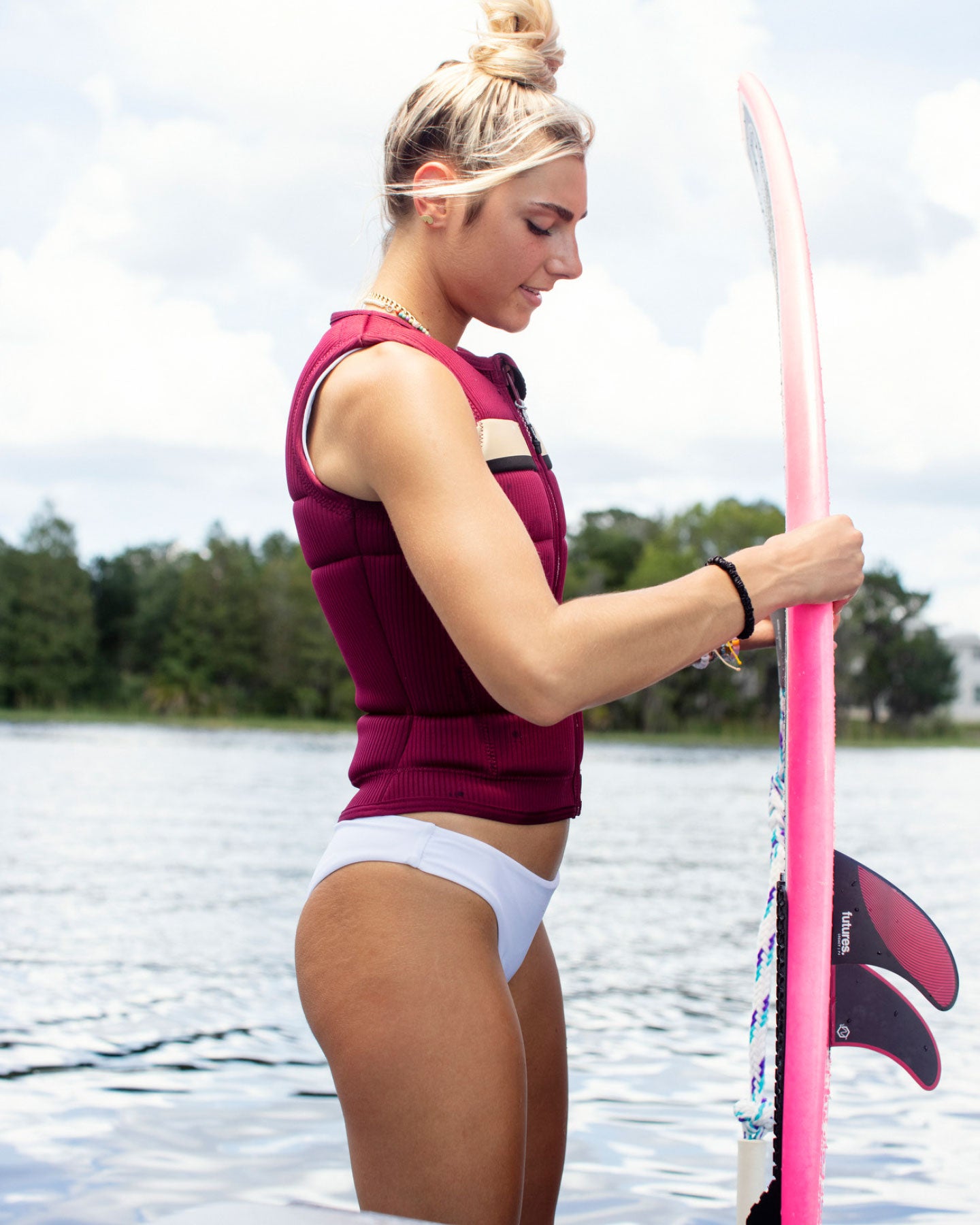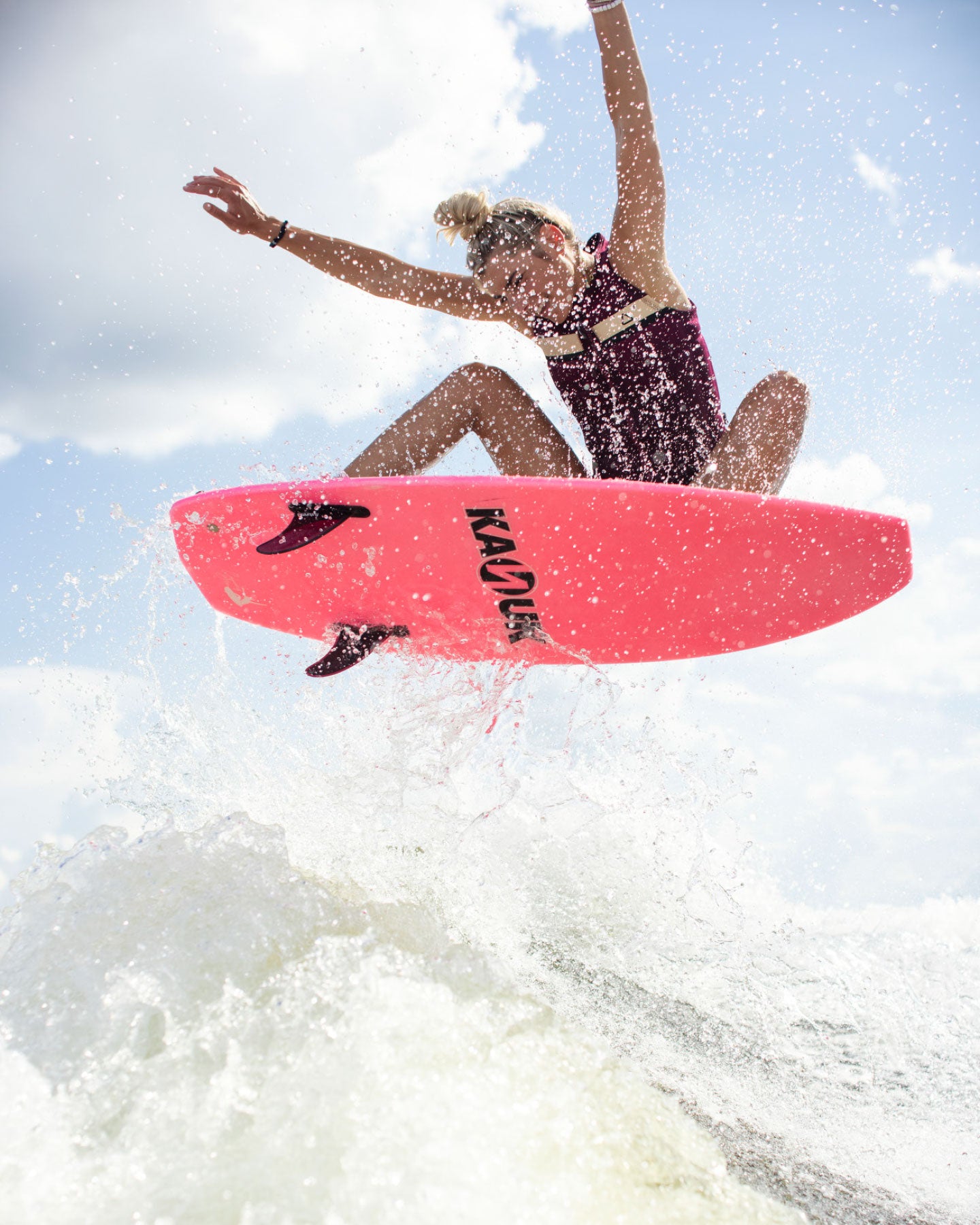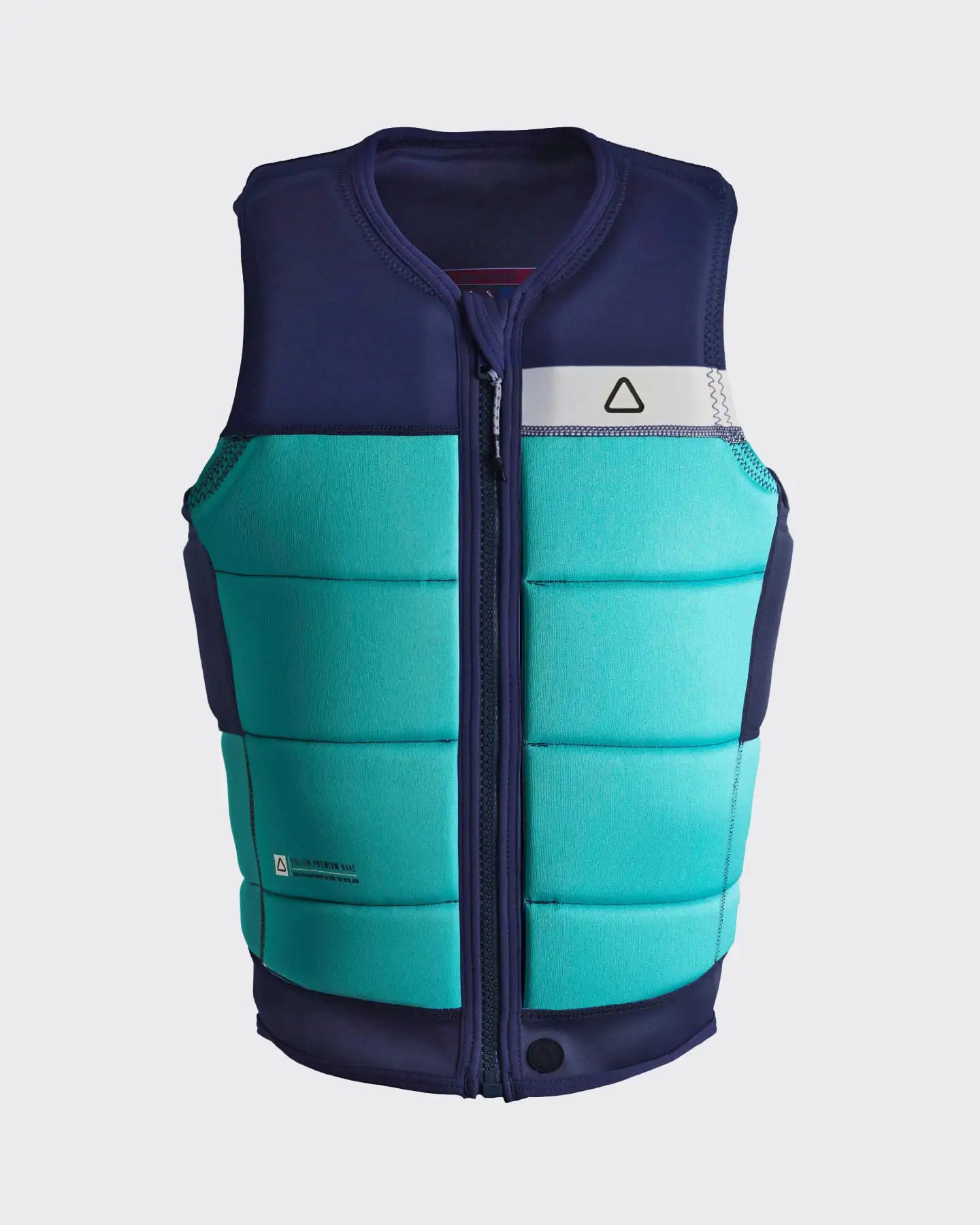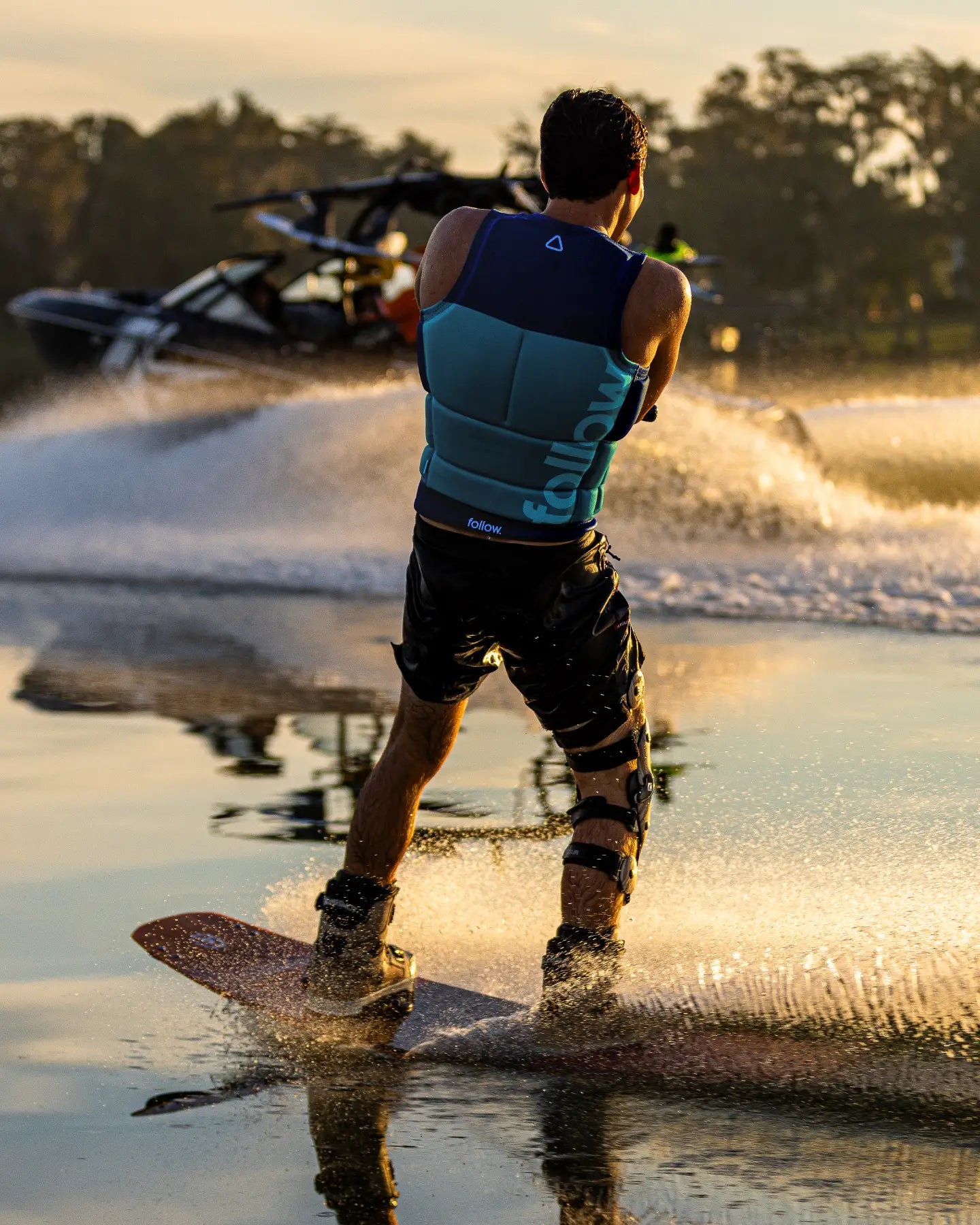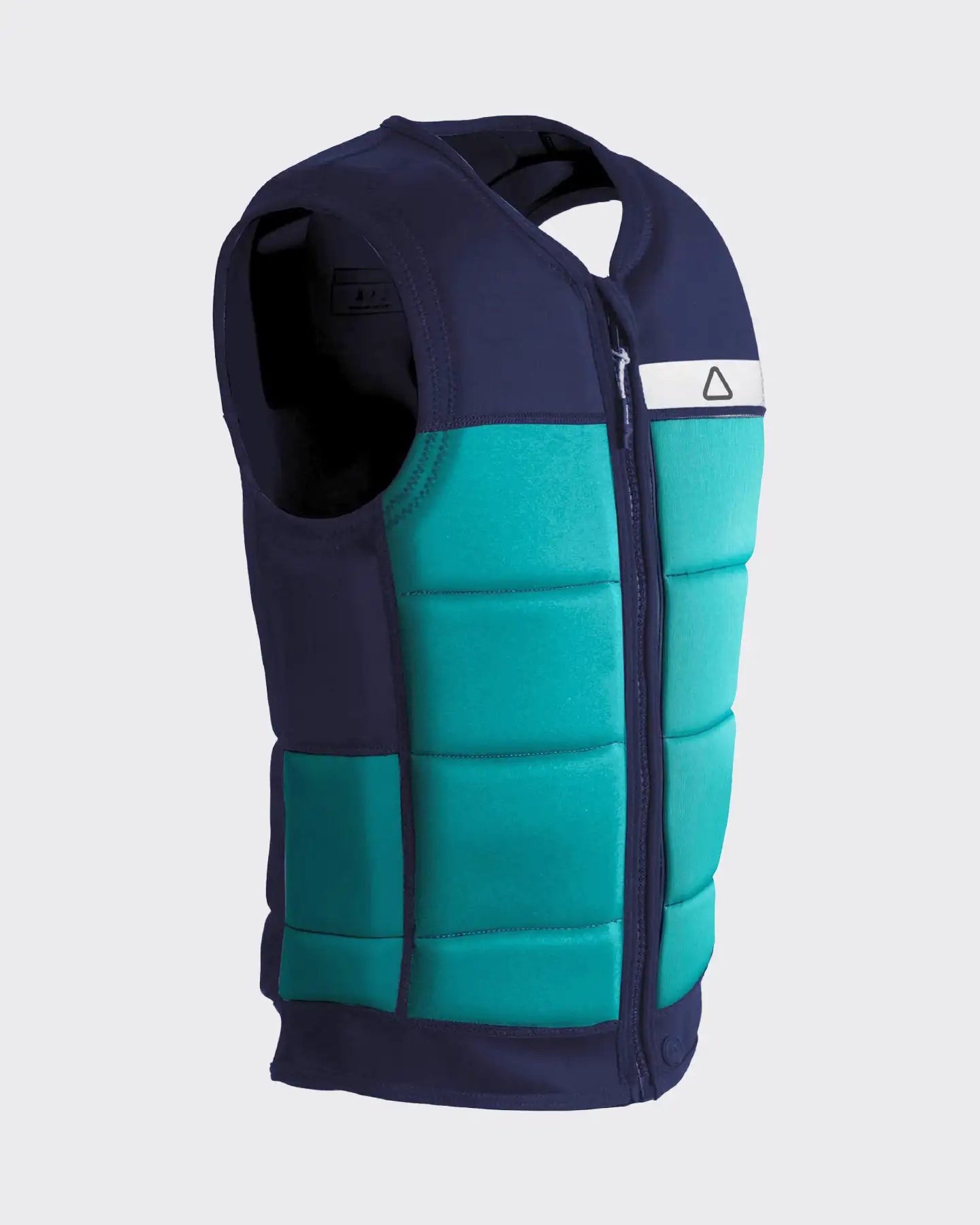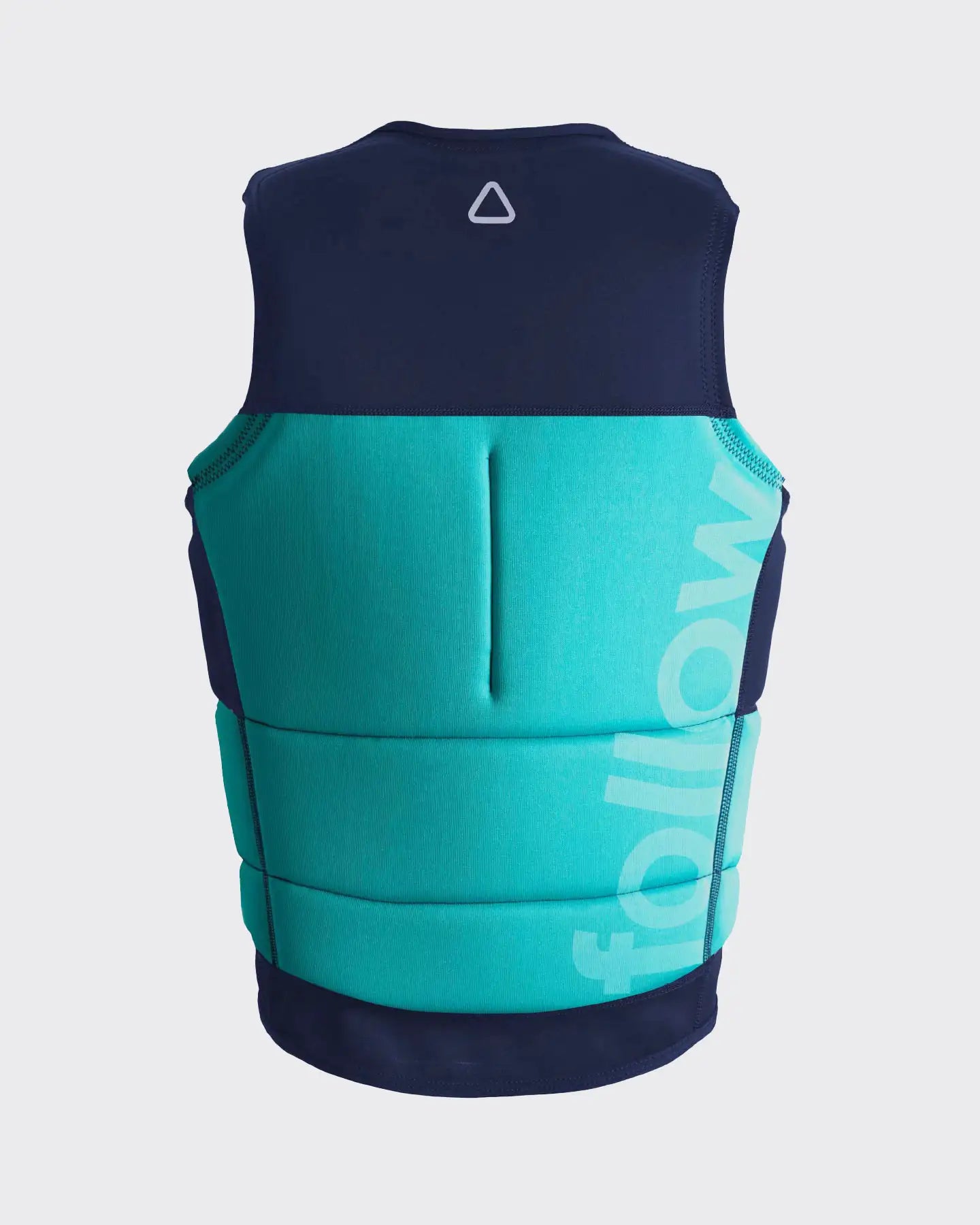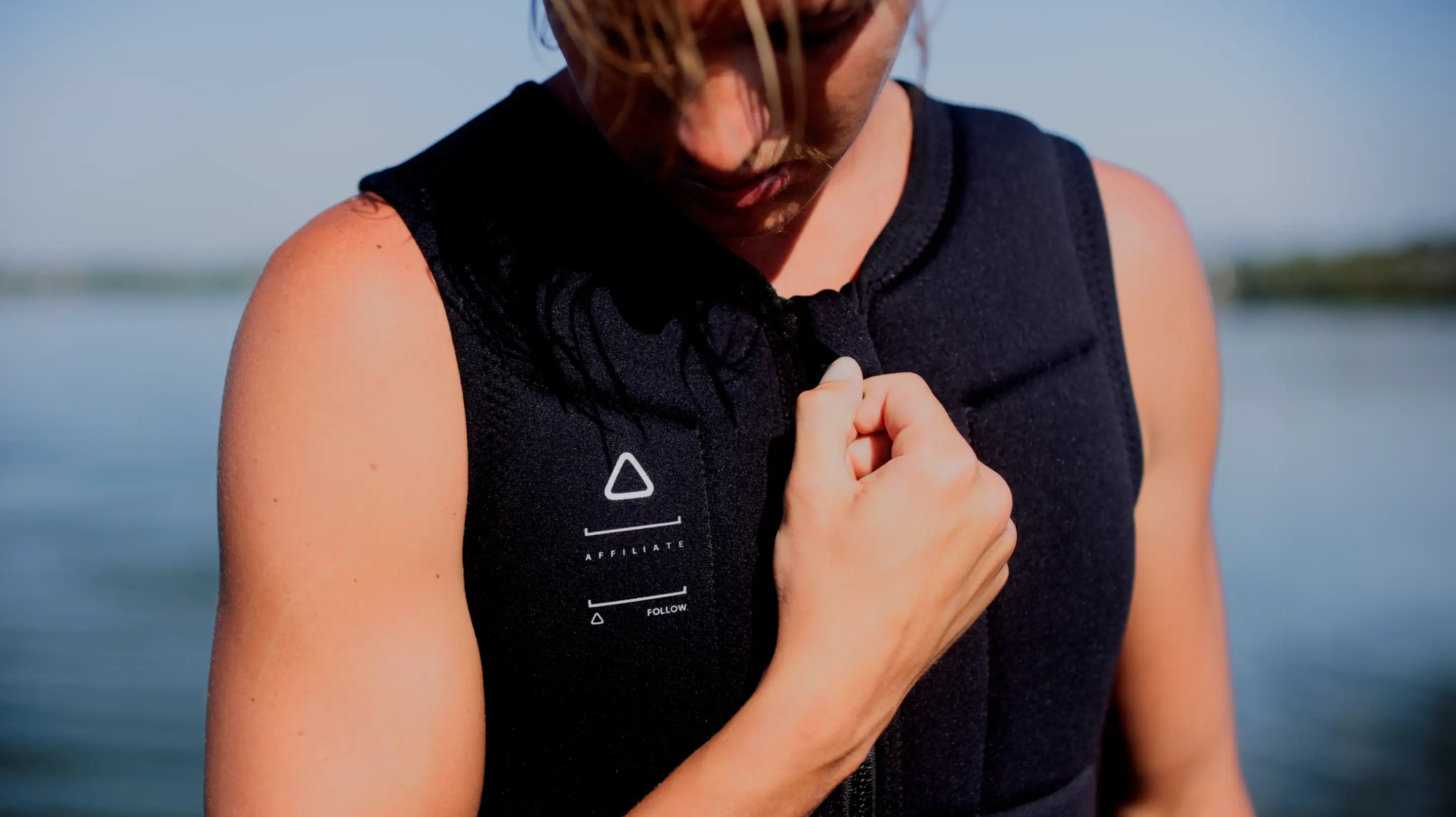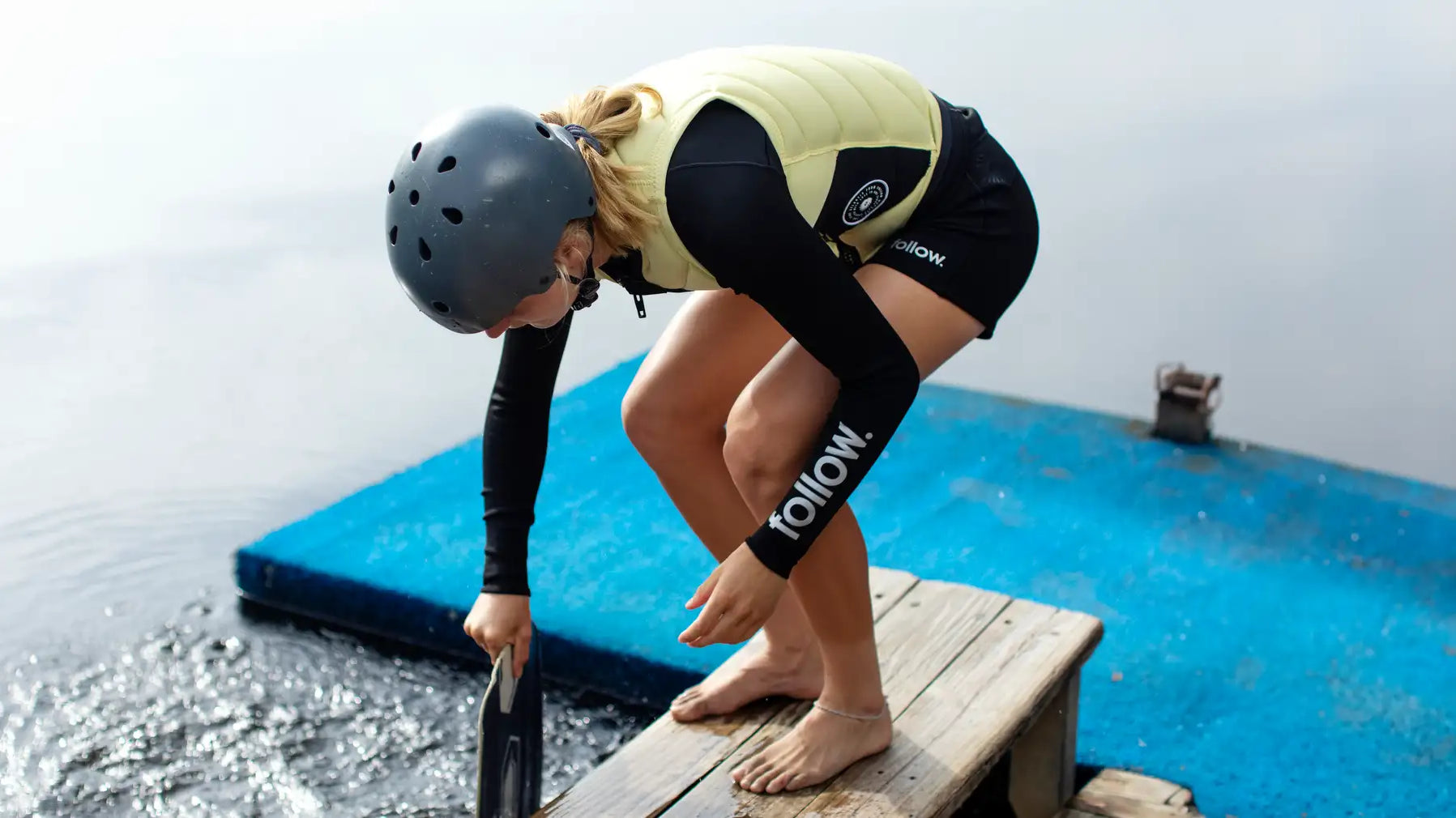Impact Vests and CGA Vests have a vastly different feel when you put them on. An Impact Vest is lightweight and allows much more freedom of movement than a CGA. But as you will read, there is a trade-off for that...
What is an Impact Vest?
An Impact Vest's purpose is to protect you upon impact. So they are only engineered with impact protection in mind, not with buoyancy.
Generally speaking, they are far thinner & lighter, more comfortable, and give you better manoeuvrability than CGA Vests. Not to mention they are about 1000% more stylish. But, and this is ‘THE’ but, they are not as buoyant as C.G.A Vests and they do not meet the standards set by the U.S Coast Guard. They are not Life Jackets. This is a trade off to be sure.
Impact vests are designed to protect you body against high impact blows with water, or obstacles. They also allow for better quality neoprene meaning higher performance and a generally more comfortable experience. But they are not designed to save your life by keeping you afloat.
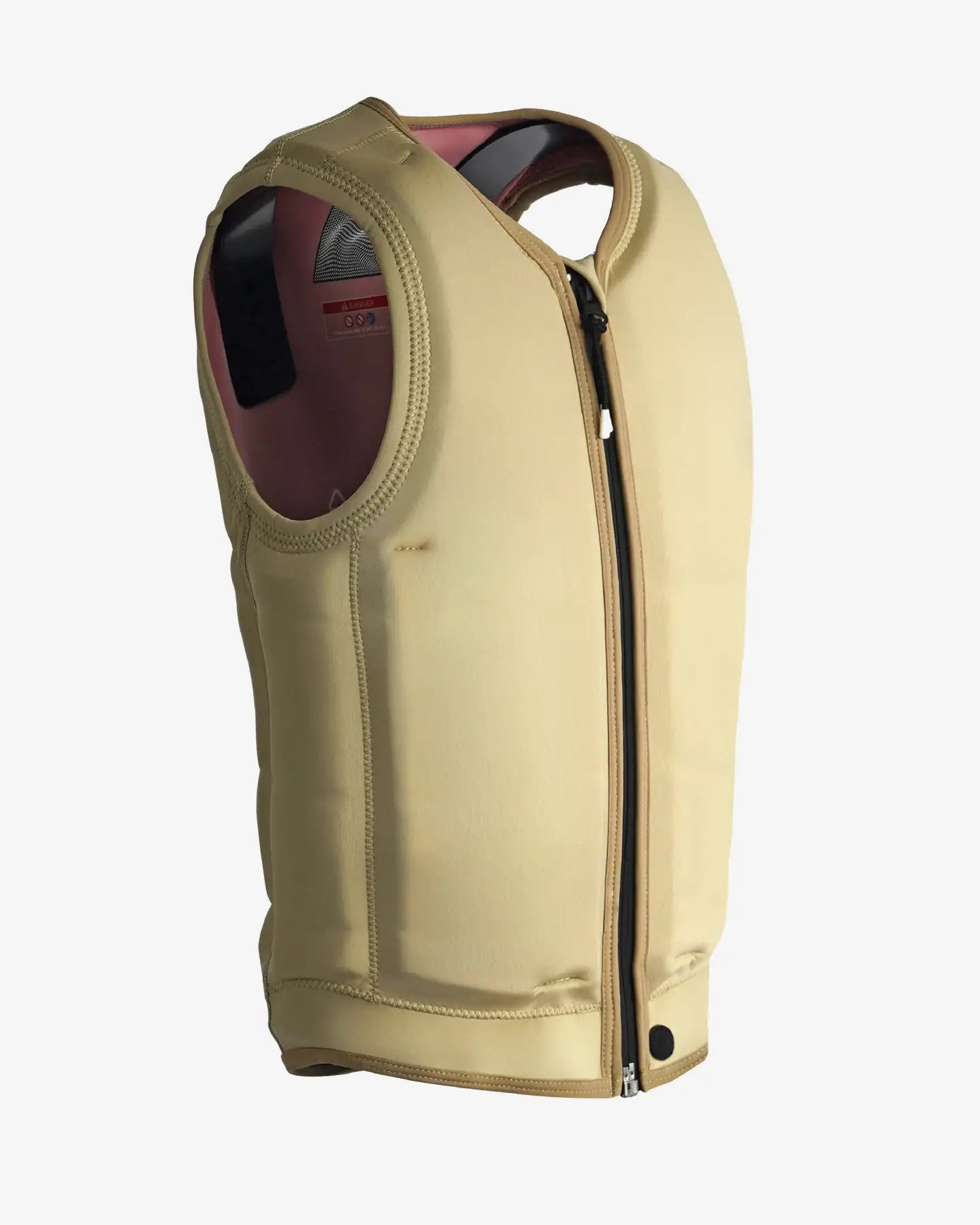
The VID Impact Vest - Simply and Stylish. Follow made our name with vests like these.
What is CGA Vest?
In terms we can all understand. It’s a Life Vest that meets the standard of buoyancy, set by the U.S Coast Guard, in order to save your life in the water.
In technical terms, C.G.A stands for Coast Guard Approved. This is a standard used in the United States and needs to be approved by The U.S. Coast Guard. If a Life Jacket & meets certain standards of buoyancy and construction it is given a "Type" and a descriptive name, so you can be sure it will be up to the task. All this is on the internal labels and is actual serious business. Coast Guard engineers evaluate the design features of the device and the laboratory's test report. If the device passes the tests and meets all of the other requirements, the Coast Guard issues a formal approval certificate with a number that the manufacturer will affix to each approved device of the same design. According to the United States Coast Guard (USCG), a life jacket is considered to be in 'serviceable condition' if it meets several criteria.
These include:
- The ability to turn a person face-up in the water, which is crucial for preventing drowning.
- Proper size and fit, as an ill-fitting life jacket won't provide the necessary buoyancy and protection.
- Functional straps and zippers, ensuring the life jacket remains secure.
- Easy accessibility, so it can be quickly retrieved in an emergency.
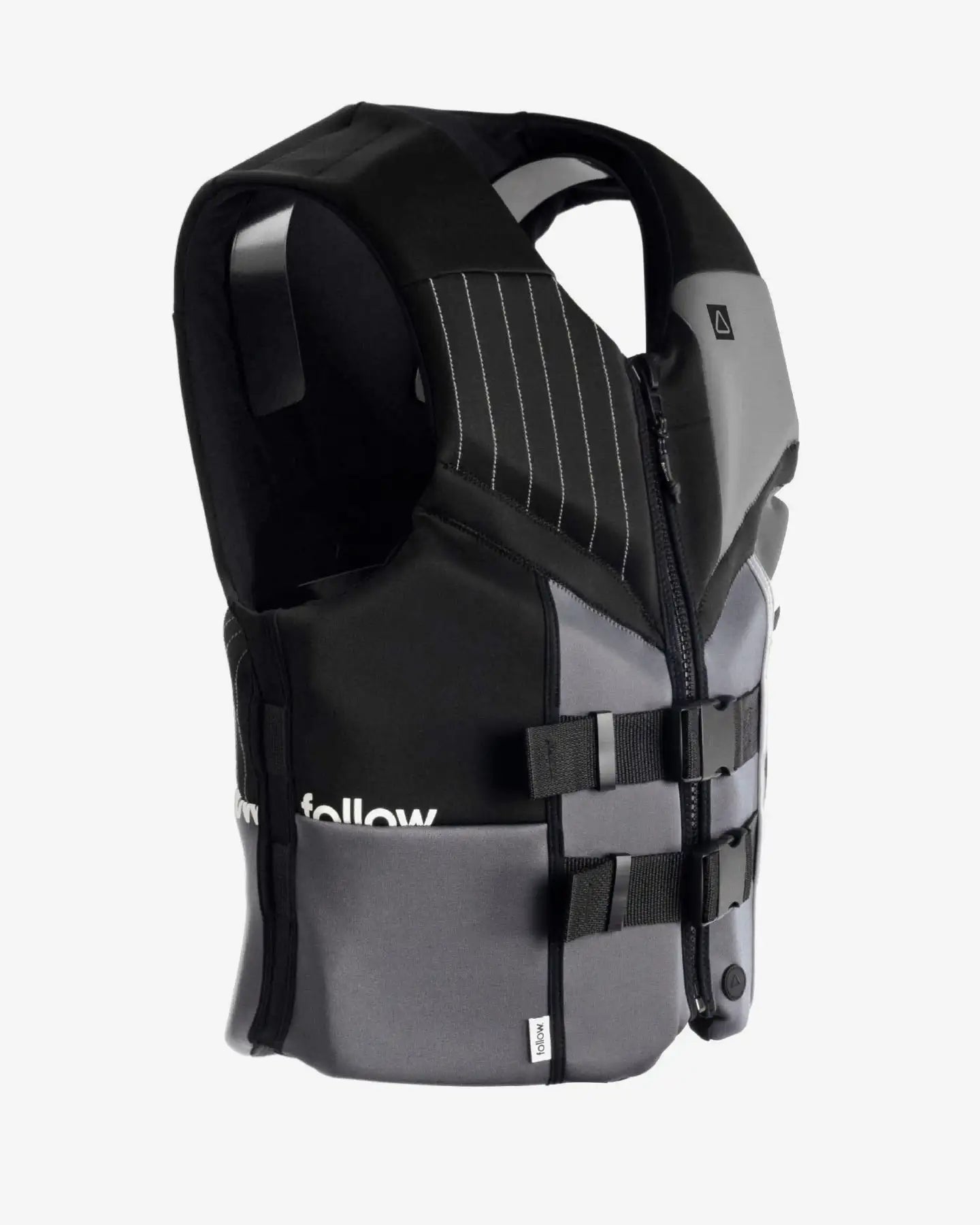
The Mens Cure 2 CGA Vest - A much thicker layer of buoyancy internal foam which makes it float better.
What is a CE Approved Vest?
CE Approved vests comply with European safety, health, and environmental protection standards, meaning they have been rigorously tested for impact resistance.
Are they all 'Life Jackets'?
Well colloquially speaking when most of people use the term 'Life Jacket' they are speaking about any of the above.
However, are you trying to get us sued by asking this question! Most would consider a 'Life Jacket' is in it's nature to be a jacket or vest that will keep you alive in the water, if you can't swim for whatever reason. Now the best beat here is to check your local laws to see which of the above fit into that category. When we use the term Life Jacket, we refer to a Vest that has passed U.S Coast Guard testing standards. That is why we always stipulate when it's an 'Impact Vest' or a 'CGA Vest'.
Lastly... Always wear a approved vest sanctioned by your local government.
Our lawyers are yelling and screaming in the background making sure we say you should consider none of the above as legal advice.
Cause this area is such an important subject it is necessary to consult your local State or Government rules on this stuff. Be safe on the water, your lives are important! Always read the labels and warning on the vest to make sure you've got the right one for you. Better to be safe than sorry.


